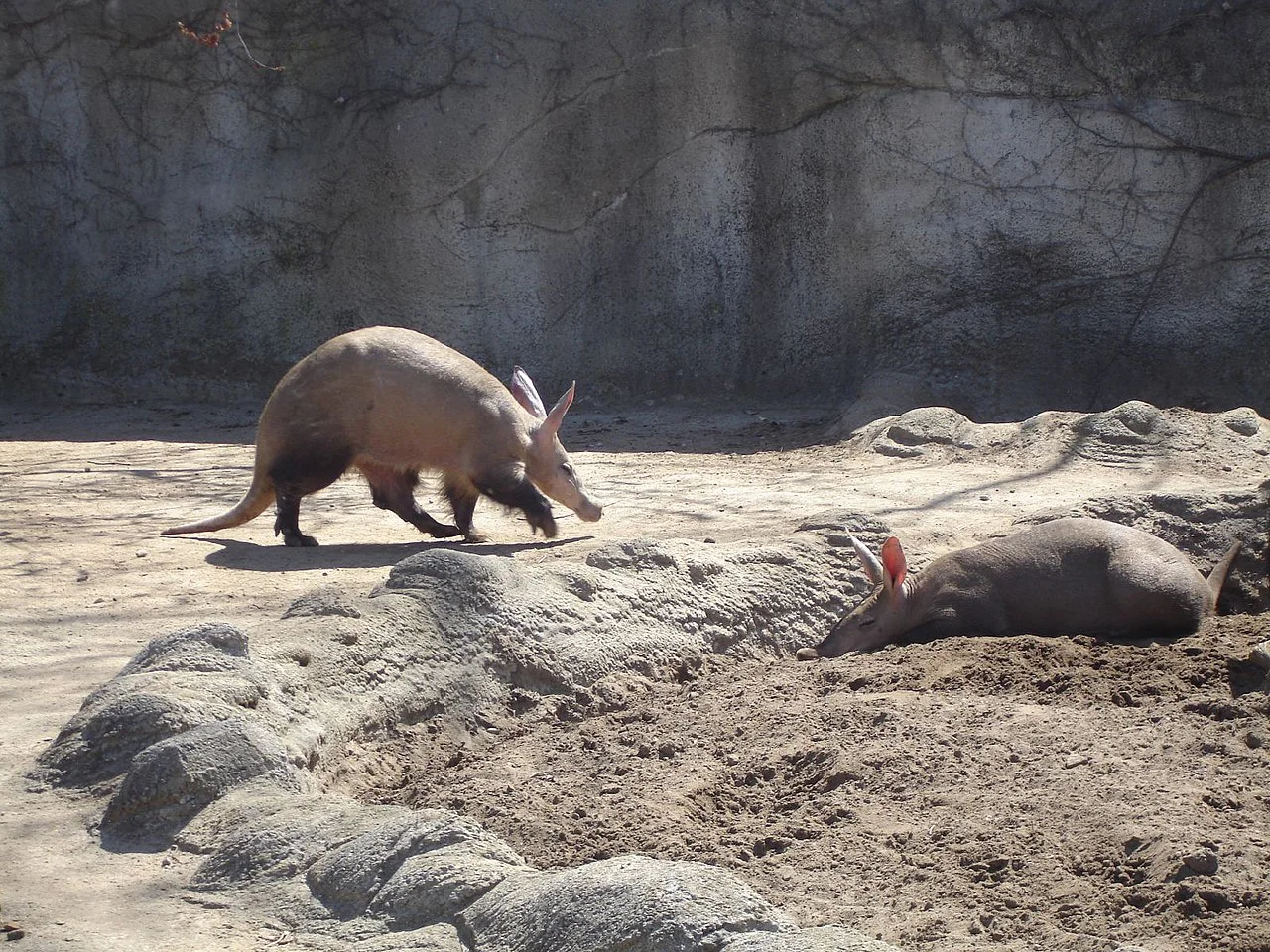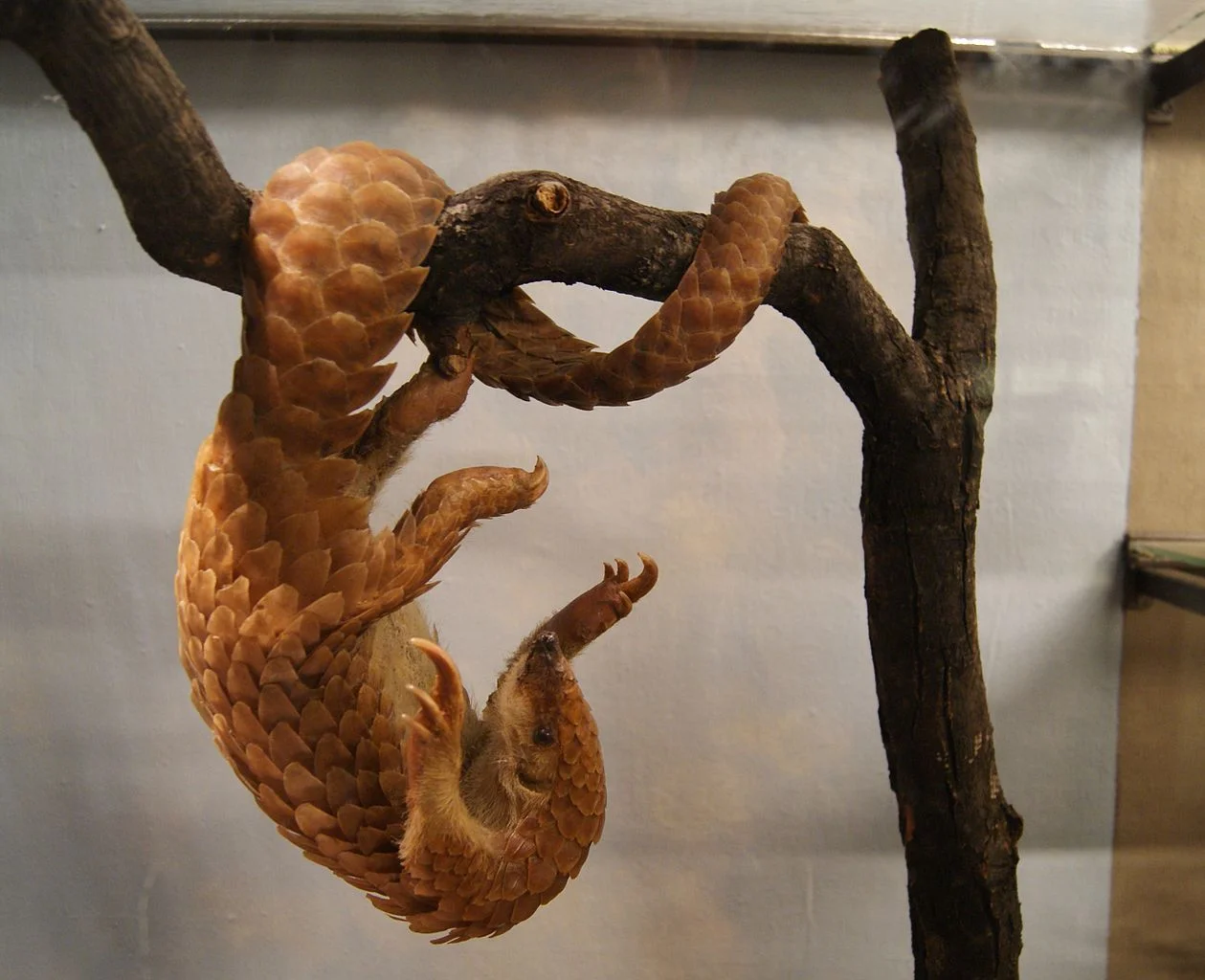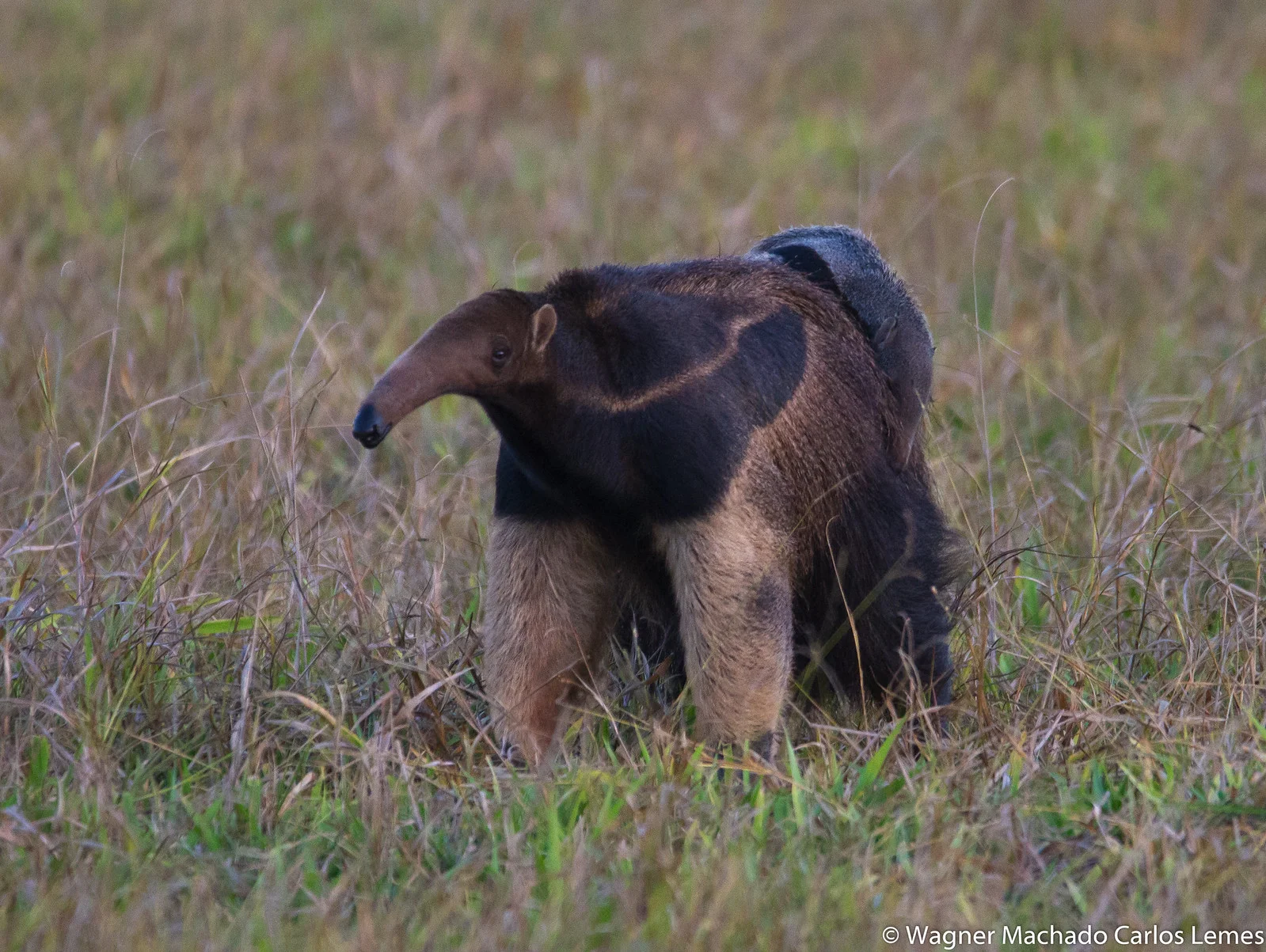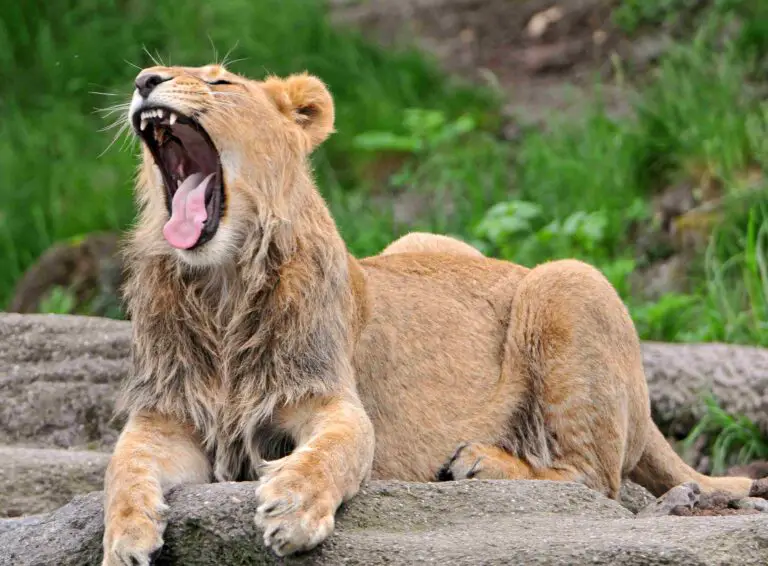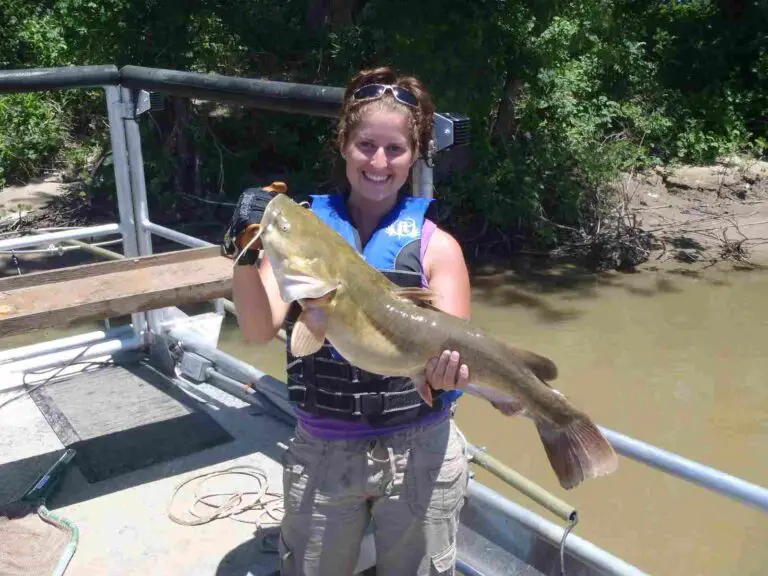Pangolin Vs Armadillo Vs Aardvark Full Comparison
Comparing the pangolin, armadillo, and aardvark unveils the distinct features of these mammals, each adapted to different continents and ecosystems. While pangolins are native to Asia and Africa, armadillos thrive in the Americas, and aardvarks are exclusive to Africa. Examining their basic characteristics, habitats, and evolutionary adaptations provides insights into the diversity of mammalian life on Earth.
I. Mammalian Classification:
– Pangolins, armadillos, and aardvarks all belong to the class Mammalia, sharing fundamental mammalian traits such as being warm-blooded, giving birth to live young, and nursing their offspring with milk.
II. Geographic Distribution:
– Pangolins are found in Asia and Africa, showcasing their adaptation to diverse environments on two continents. Armadillos are native to the Americas, while aardvarks are exclusive to Africa, highlighting the distinct ecosystems these mammals inhabit.
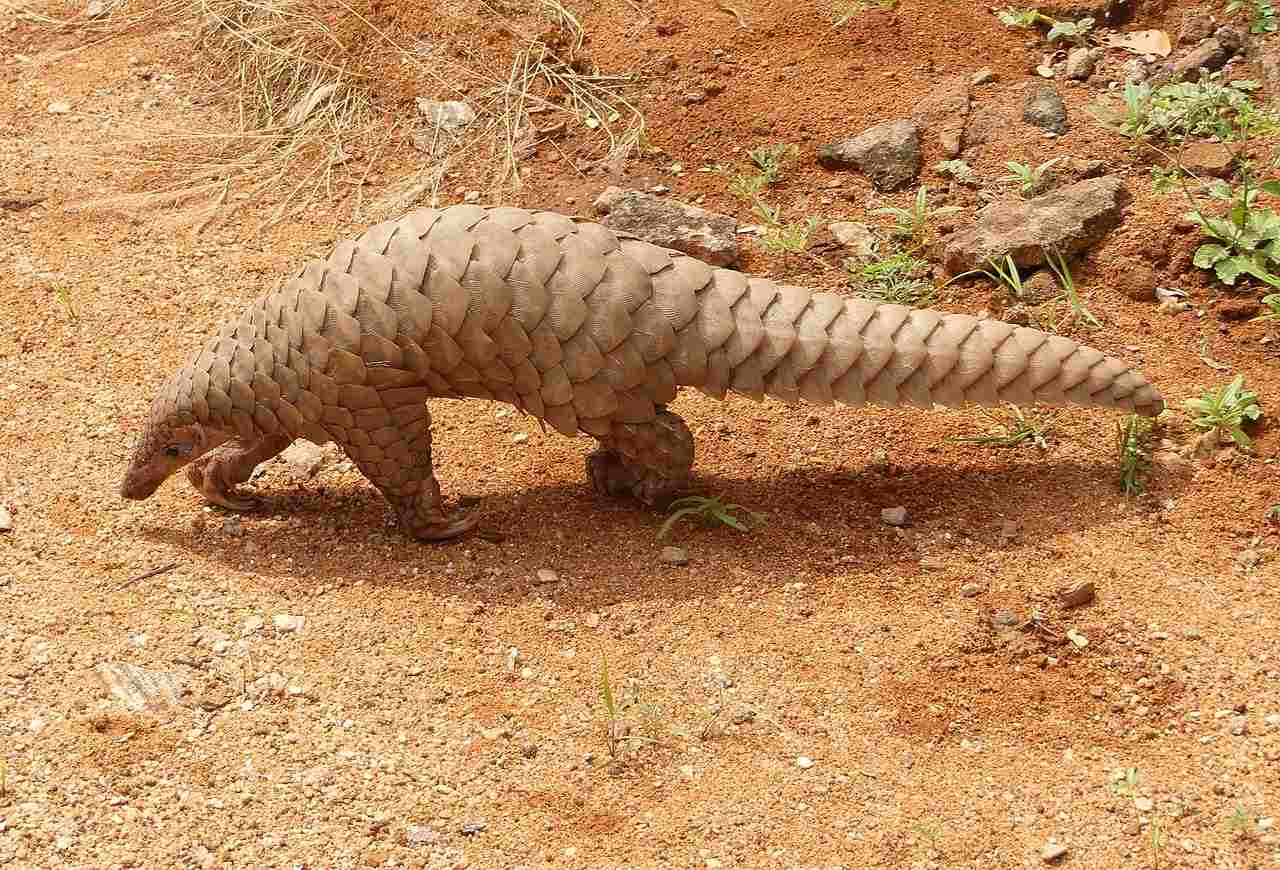
III. Habitat and Diet:
– Pangolins are specialized insectivores, primarily consuming ants and termites. Armadillos have a varied diet, including insects, plants, and small vertebrates. Aardvarks focus on ants and termites, utilizing their powerful claws for digging into insect mounds.
IV. Physical Characteristics:
– Pangolins are known for their unique keratin scales, which provide protection against predators. Armadillos possess bony plates that contribute to their defense mechanisms. Aardvarks have distinctive features such as large ears, strong claws, and a pig-like snout.
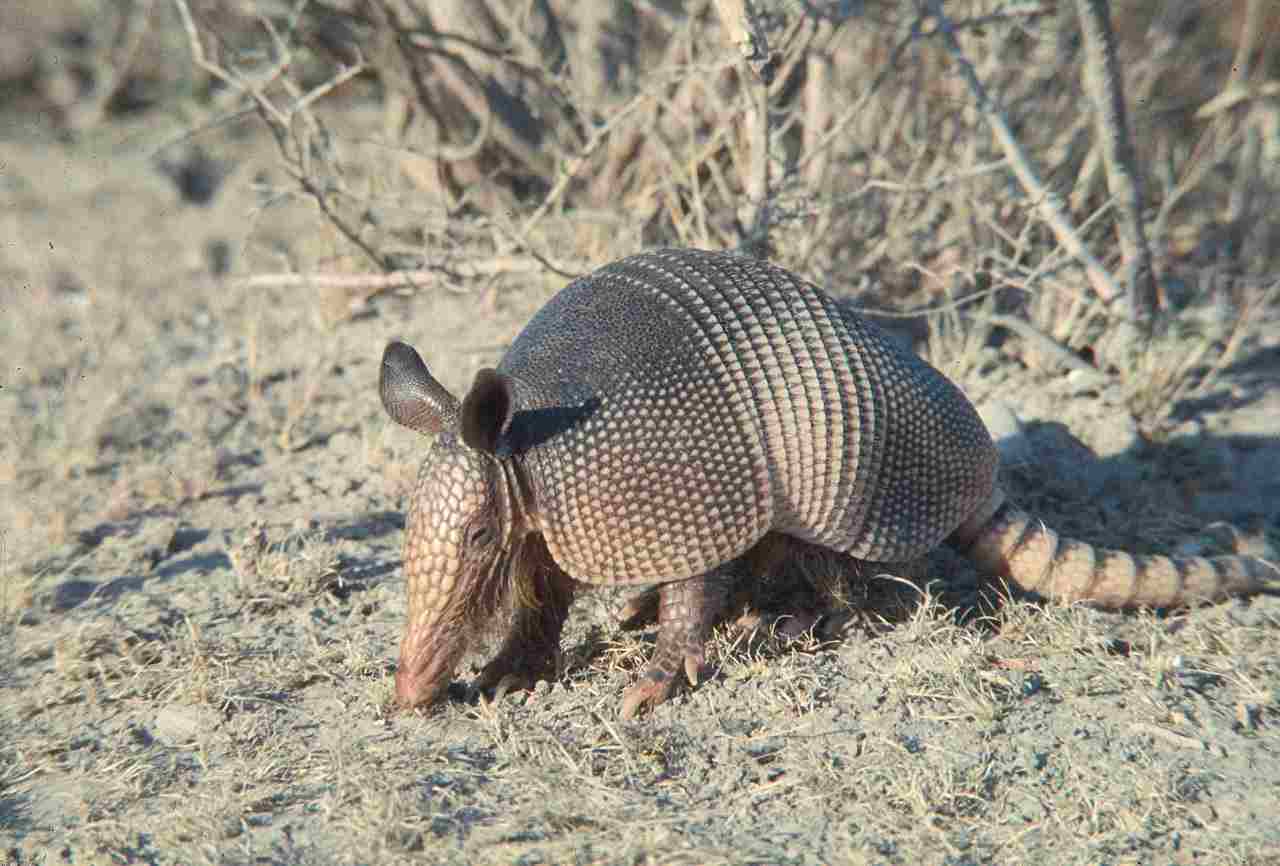
V. Size and Weight:
– Pangolins are generally smaller and lighter compared to armadillos. Armadillos, in turn, are smaller than aardvarks, showcasing a gradation in size among these three mammals.
VI. Defense Mechanisms:
– Pangolins roll into a ball when threatened, relying on their tough scales for defense. Armadillos can also roll up, using their bony plates for protection. Aardvarks use their powerful claws and burrowing ability as defensive strategies.
VII. Conservation Status:
– Pangolins, armadillos, and aardvarks face threats from habitat loss, poaching, and illegal wildlife trade. Conservation efforts are essential to safeguard these unique mammals and address the challenges they encounter in the wild.
VIII. Ecological Importance:
– Pangolins, armadillos, and aardvarks play crucial roles in their ecosystems as insectivores, contributing to pest control and seed dispersal. The conservation of these species is integral to maintaining the ecological balance of their respective habitats.
IX. Human Interaction:
– Human activities such as deforestation, urbanization, and illegal hunting pose significant threats to pangolins, armadillos, and aardvarks, emphasizing the need for sustainable practices and conservation initiatives to ensure the coexistence of these mammals with human communities.
*Details of Comparison
| Criteria | Pangolin | Armadillo | Aardvark |
| Appearance | Keratin scales, long tongue | Bony armor shell, flexible joints |
Tubular snout, sparse hair
|
| Size (cm) | 30-100 | Varies (15 to 150) | 100-130 |
| Weight (kg) | 1-33 | Varies (0.085 to 60) | 40-65 |
| Dentition | No teeth, long tongue | Variable dental formula |
Peg-like teeth for grinding
|
| Offensive Advantages | Sharp claws for digging | Claws for digging and defense |
Strong forelimbs and claws for digging
|
| Defensive Advantages | Curl into a ball using scales | Roll into a ball with armored shell |
Limited defensive mechanisms
|
| Speed (km/h) | Slow | Varies, generally slow | Up to 40 |
| Agility | Agile climbers and swimmers | Moderate agility | Limited agility |
| Senses | Excellent smell and hearing | Keen sense of smell, limited vision |
Good smell, poor eyesight and hearing
|
| Physical Capacity | Digging, climbing, swimming | Digging, moderate agility |
Specialized for digging
|
| Habitat and Region | Forests, savannas; Africa, Asia | Varied habitats; Americas |
Dry savannas; Africa
|
| Tracks | Claw marks, tail drag | Clawed footprints, rolling tracks |
Clawed footprints, near termite mounds
|
| Lifespan (years) | 10-20 | Varies (4-30) | 10-15 |
| Feeding | Insectivores with long tongue | Omnivores |
Insectivores specialized in termites
|
| Intelligence | Limited information | Moderate intelligence |
Limited information
|
| Social Behavior | Primarily solitary | Varied social behavior |
Generally solitary
|
| Reproduction | Single offspring, 4-5 months gestation | Variable strategies, 60-120 days |
Single offspring, 7 months gestation
|
| Parental Behavior | Females care for young | Maternal care varies | Limited information |
| Proximity to Humans | Threatened by illegal trade | Can adapt to human-altered landscapes | Faces threats from habitat destruction |
| Behavior Toward Humans | Shy and elusive | Defensive or foraging in human areas | Typically avoids human interactions |
| Danger to Humans | Generally not dangerous, potential diseases | Low danger, some species carry diseases | Low danger, shy away from humans |
| Associated Precautions | Conservation focuses on illegal trade and habitat | Caution needed due to disease risks, habitat preservation | Conservation emphasizes habitat conservation |
| Conservation Status | Generally endangered | Varied conservation status | Least Concern |
1. Taxonomy:
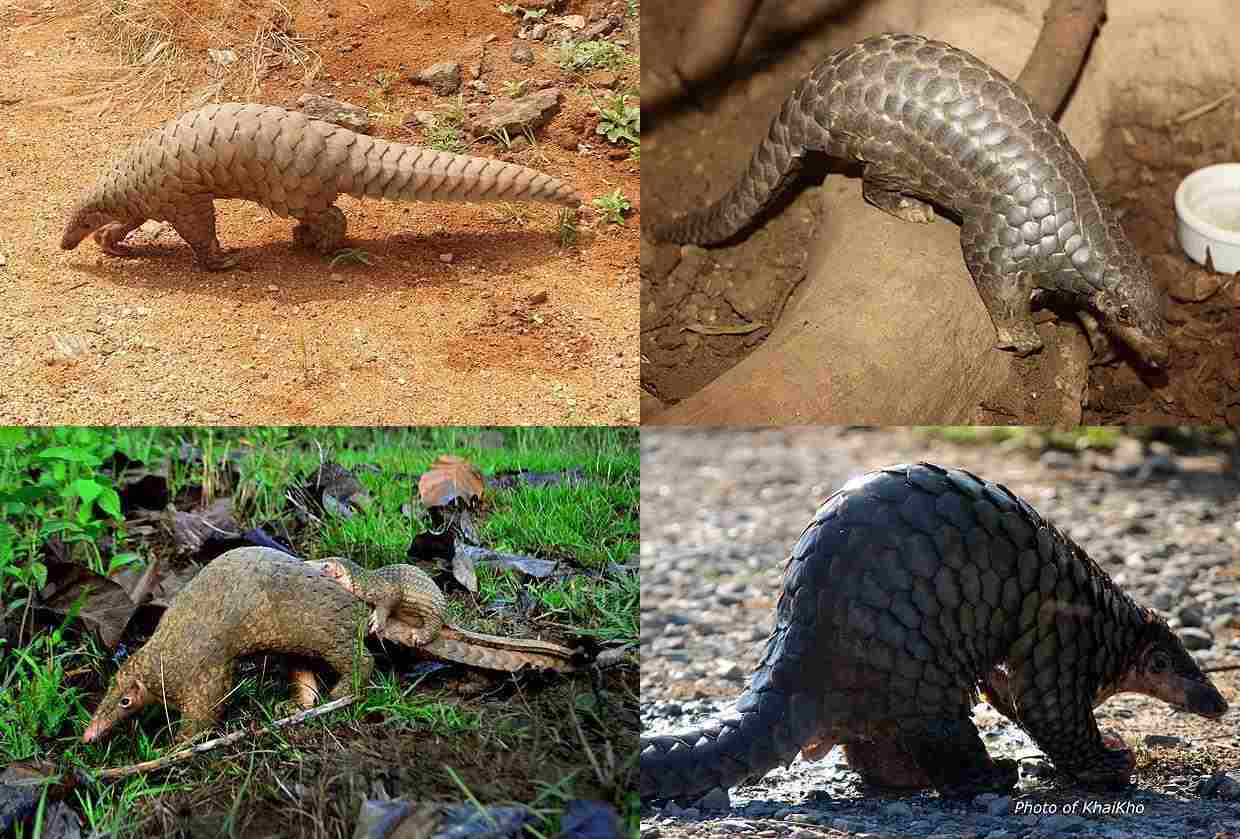
Pangolin: Order Pholidota, Family Manidae, Suborder Vermilingua.
Armadillo: Order Cingulata, Family Dasypodidae.
Aardvark: Order Tubulidentata, Family Orycteropodidae.
2. Appearance:
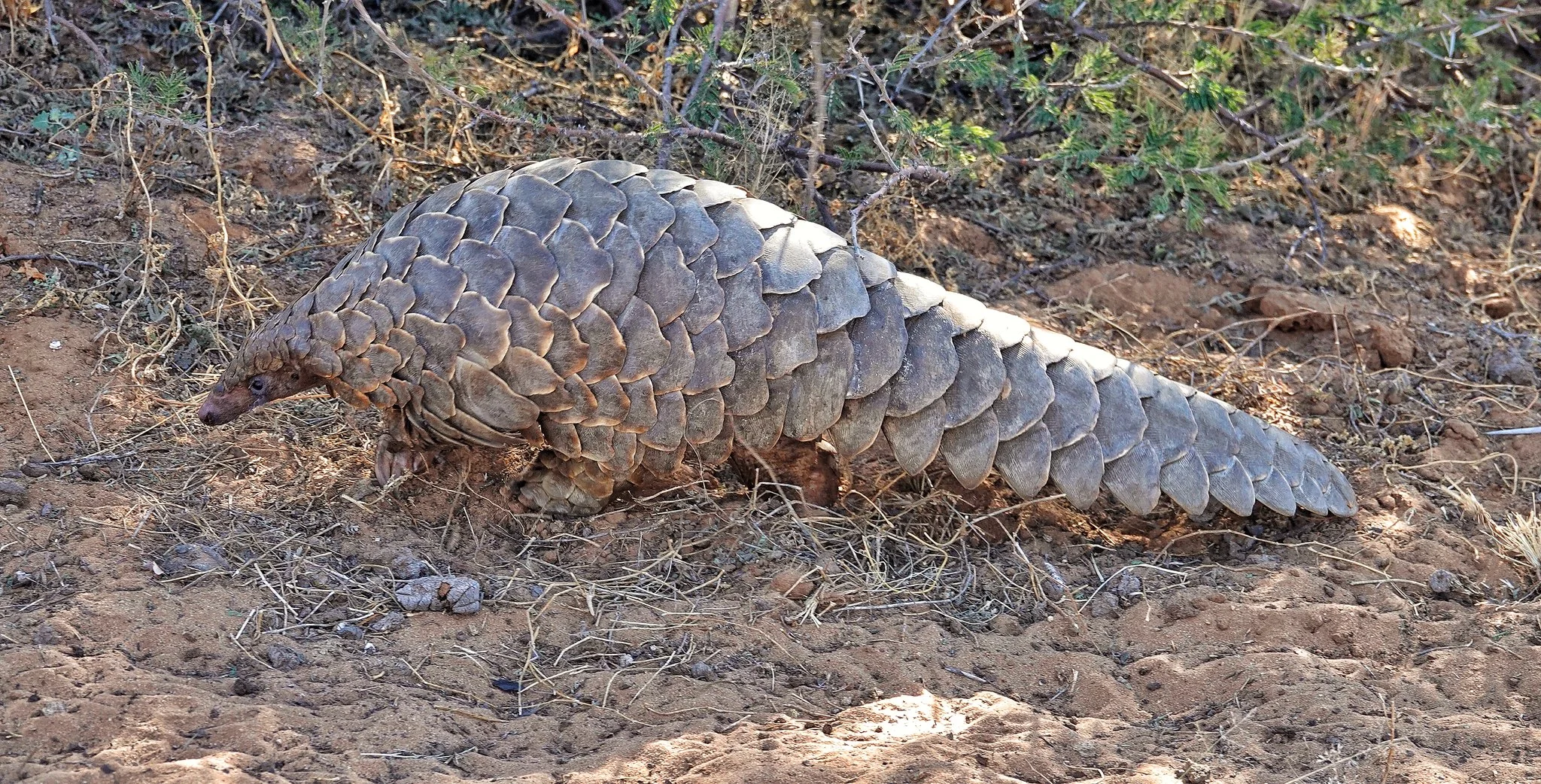
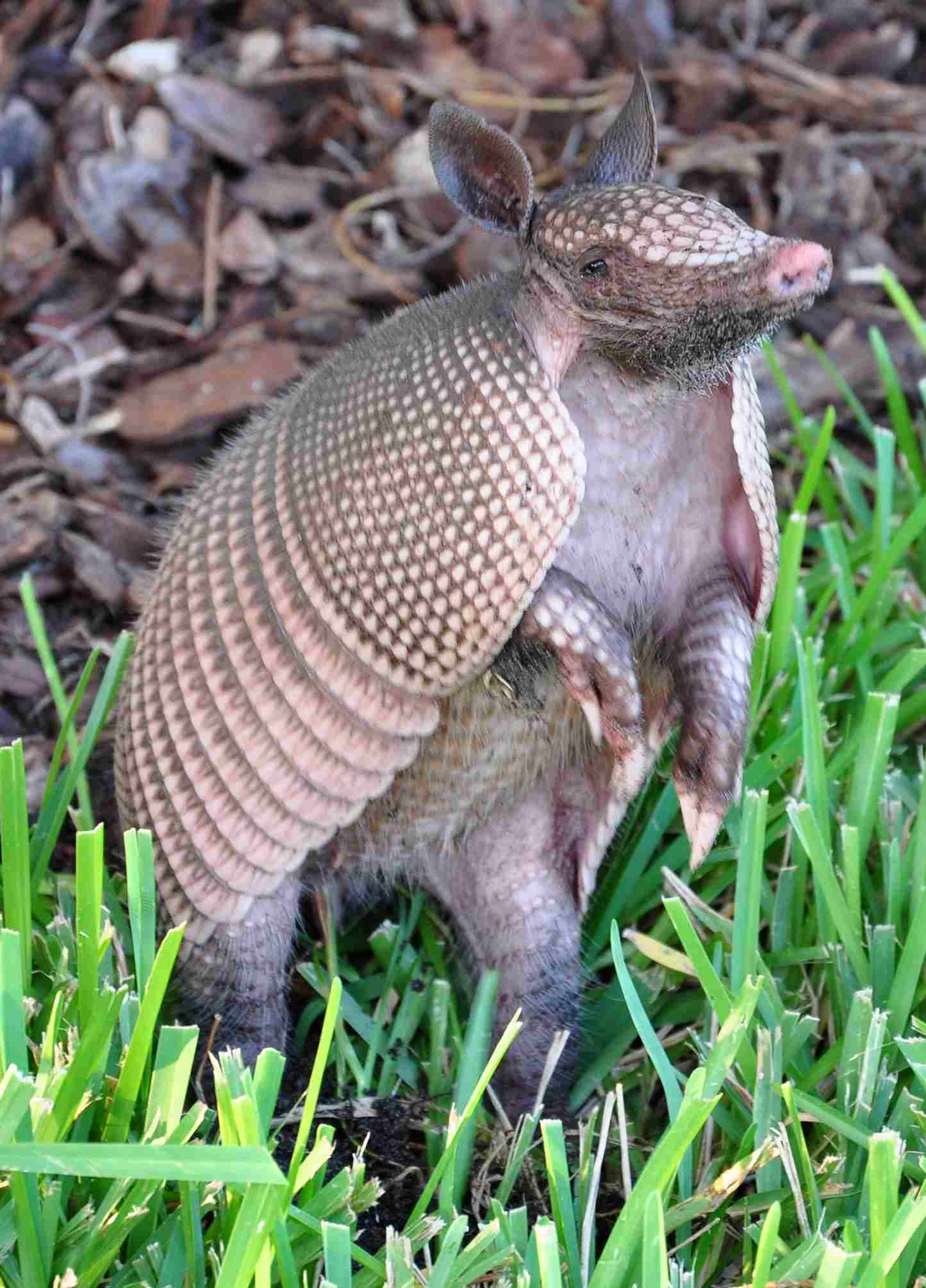
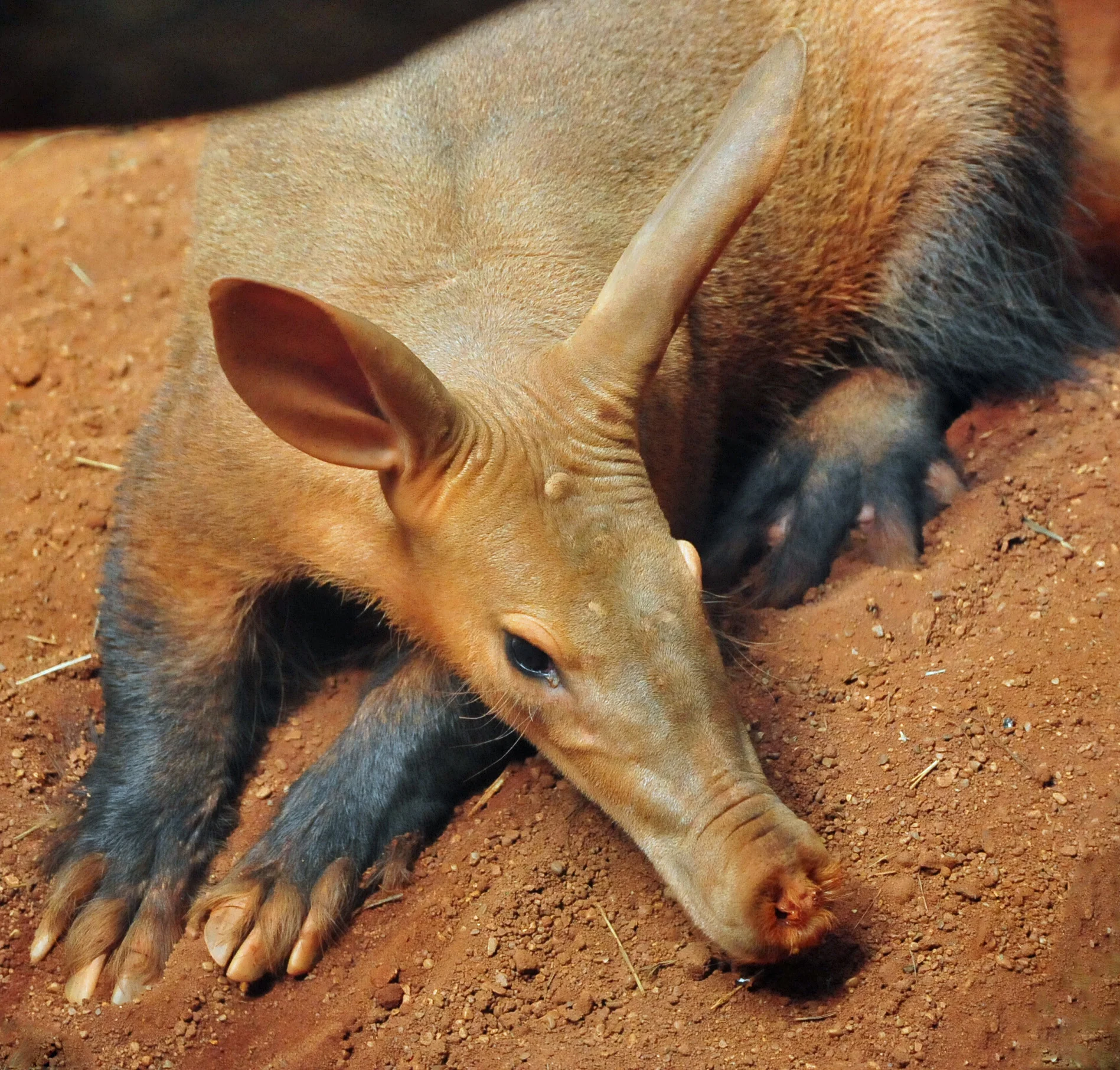
Pangolin: Covered in keratin scales, elongated body, long tongue.
Armadillo: Characterized by a bony armor shell, flexible joints, and varying sizes.
Aardvark: Tubular snout, long ears, arched back, and sparse hair.
Comparison: While pangolins and armadillos have protective features (scales and armor), the aardvark exhibits a more distinctive appearance with its elongated snout and sparse hair.
Ecological Implications: The appearance of these species is adapted for defense mechanisms and specialized ecological roles, aiding in foraging, protection, and environmental adaptation.
3. Size:
Pangolin: Ranges from 30 to 100 cm (excluding tail).
Armadillo: Varies among species; ranges from 15 cm (Pink Fairy Armadillo) to 1.5 m (Giant Armadillo).
Aardvark: Typically 1.0 to 1.3 m in length.
Comparison: Pangolins are generally smaller compared to armadillos and aardvarks.
Ecological Implications: Size influences resource requirements, predator-prey dynamics, and the ecological niche each species occupies.
4. Weight:
Pangolin: Ranges from 1 to 33 kg.
Armadillo: Varies greatly, from around 85 g (Pink Fairy Armadillo) to 60 kg (Giant Armadillo).
Aardvark: Typically 40 to 65 kg.
Comparison: Aardvarks are generally heavier than both pangolins and armadillos.
Ecological Implications: Weight affects energy needs, locomotion efficiency, and impacts on vegetation and soil in their habitats.
5. Dentition:
Pangolin: Lack teeth; equipped with a long, sticky tongue for feeding on ants and termites.
Armadillo: Variable dental formula among species; typically adapted for omnivorous diet.
Aardvark: Peg-like teeth for grinding insects.
Comparison: Pangolins lack teeth, whereas armadillos and aardvarks have adapted dentition for their specific diets.
Ecological Implications: Dentition reflects dietary specialization and impacts on the availability of food resources in their ecosystems.
6. Physical Offensive Advantages:
Pangolin: Sharp claws for digging insect nests.
Armadillo: Claws used for digging and defense.
Aardvark: Strong forelimbs and claws for digging termite mounds.
Comparison: Armadillos and aardvarks share digging adaptations for offensive purposes.
Ecological Implications: Offensive adaptations influence the species’ ability to access food resources and shape their ecological roles.
7. Physical Defensive Advantages:
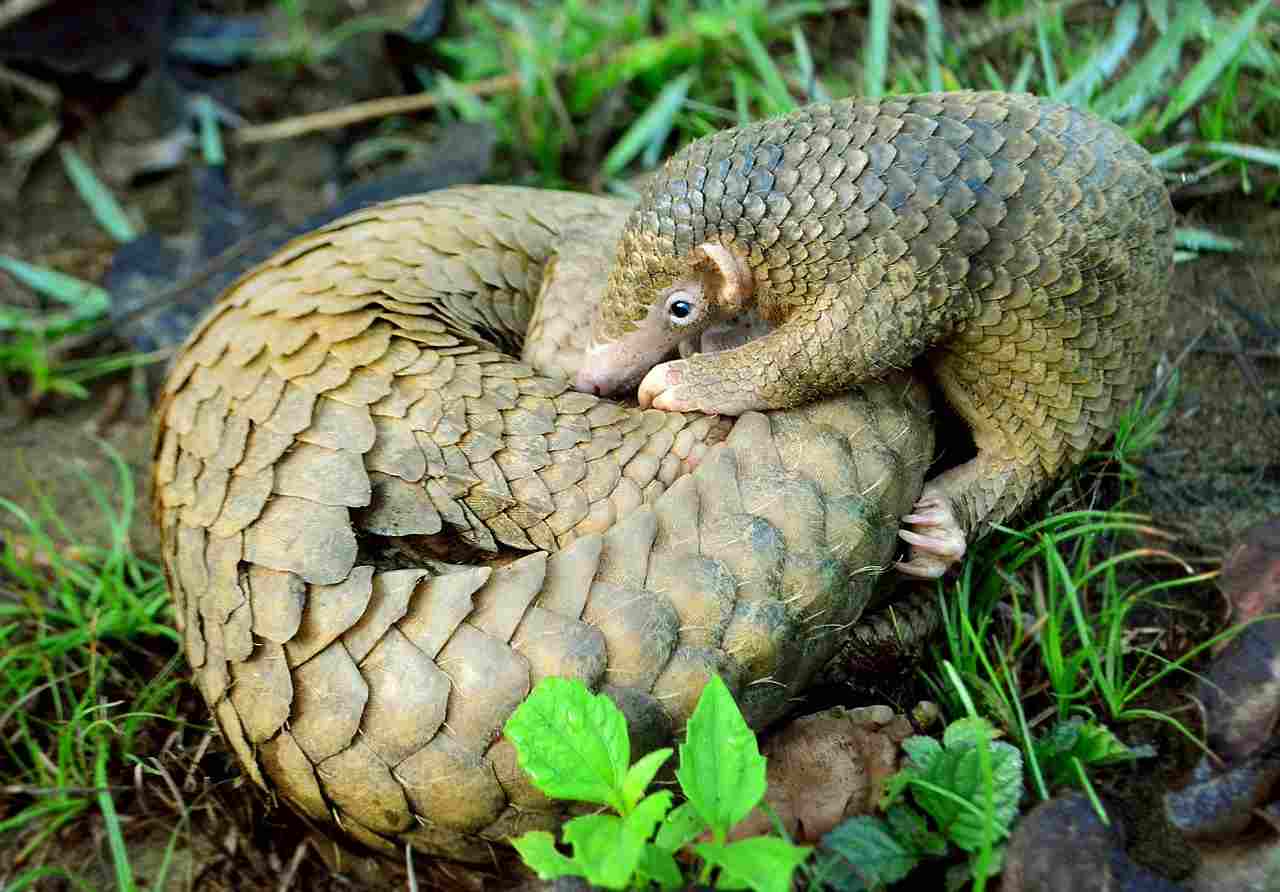
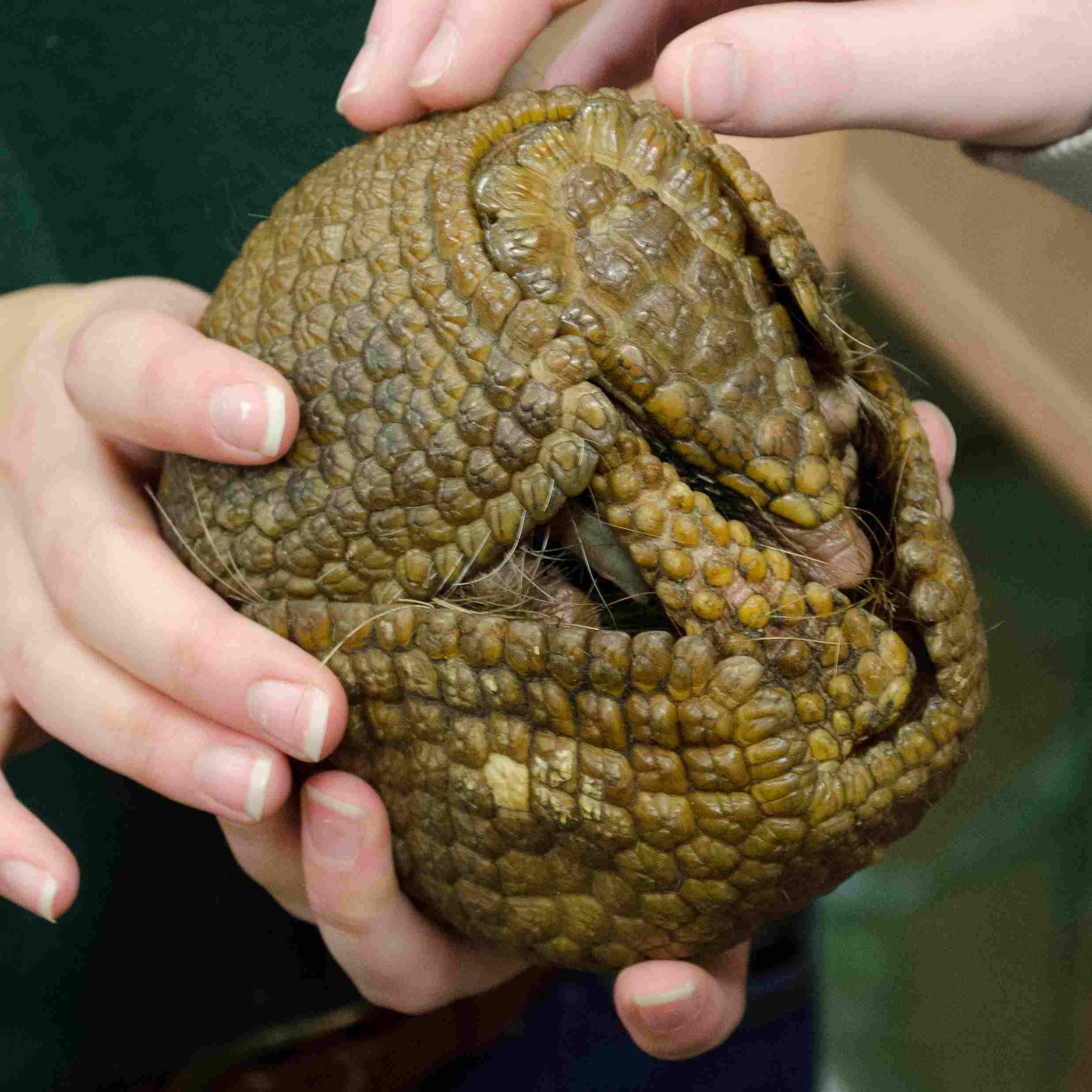
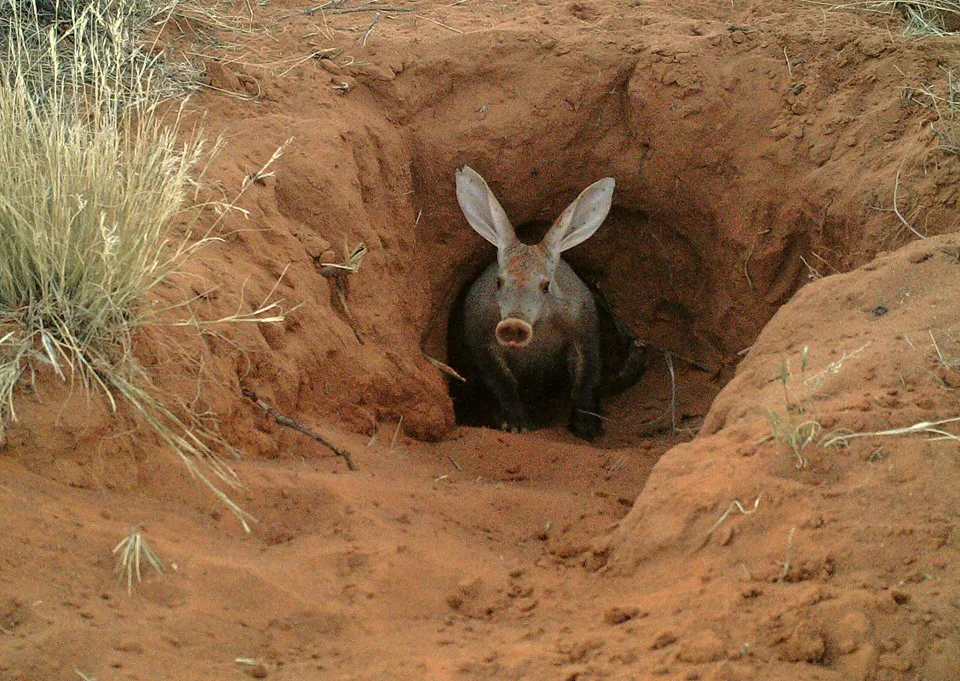
Pangolin: Curl into a ball, using scales for protection.
Armadillo: Roll into a ball, relying on armored shell for defense.
Aardvark: Limited defensive mechanisms; primarily relies on digging to escape threats.
Comparison: Pangolins and armadillos have developed similar defensive strategies through protective body features.
Ecological Implications: Defensive mechanisms impact survival rates and predator-prey dynamics within ecosystems.
8. Speed (Km/hour or Mile/hour):
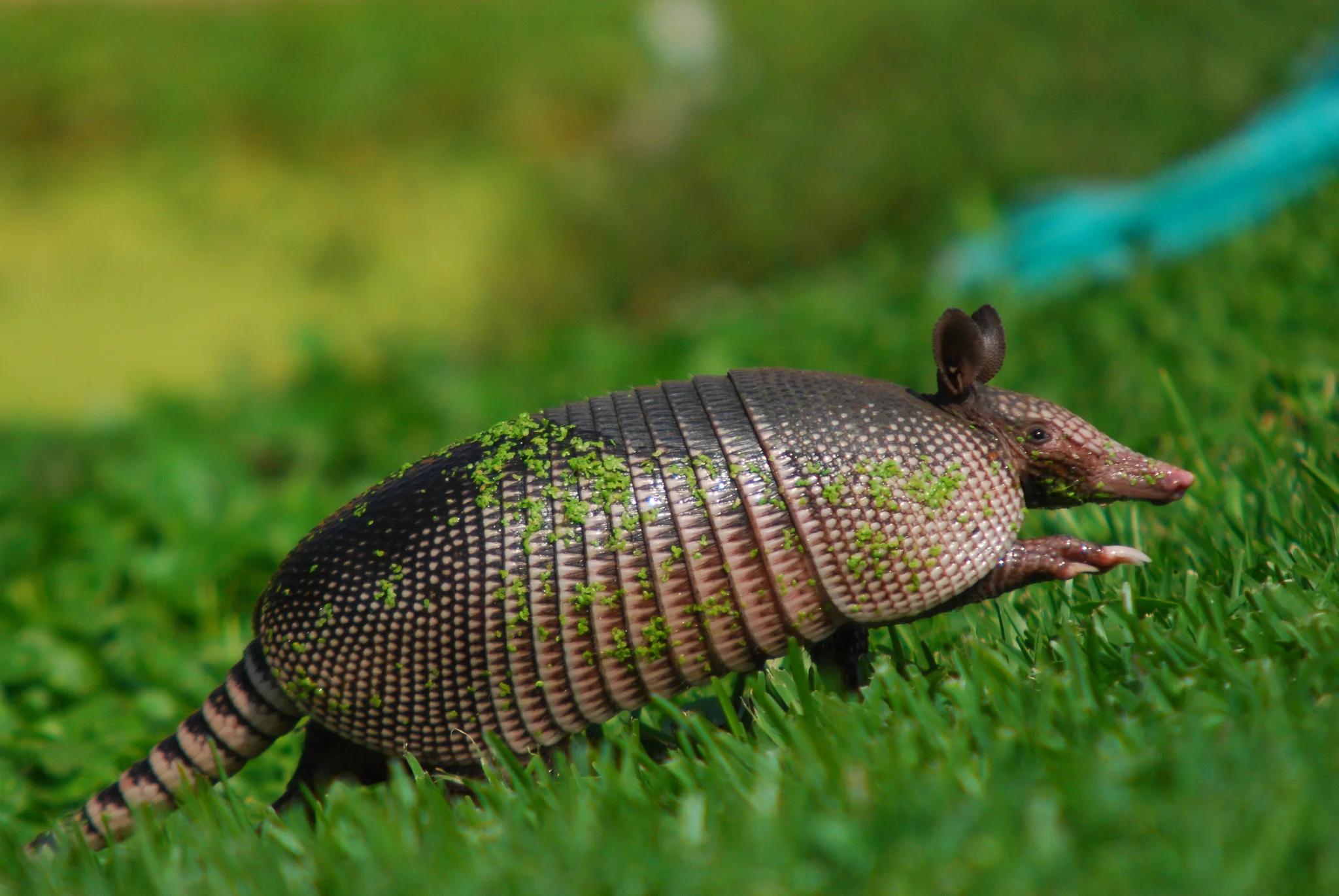
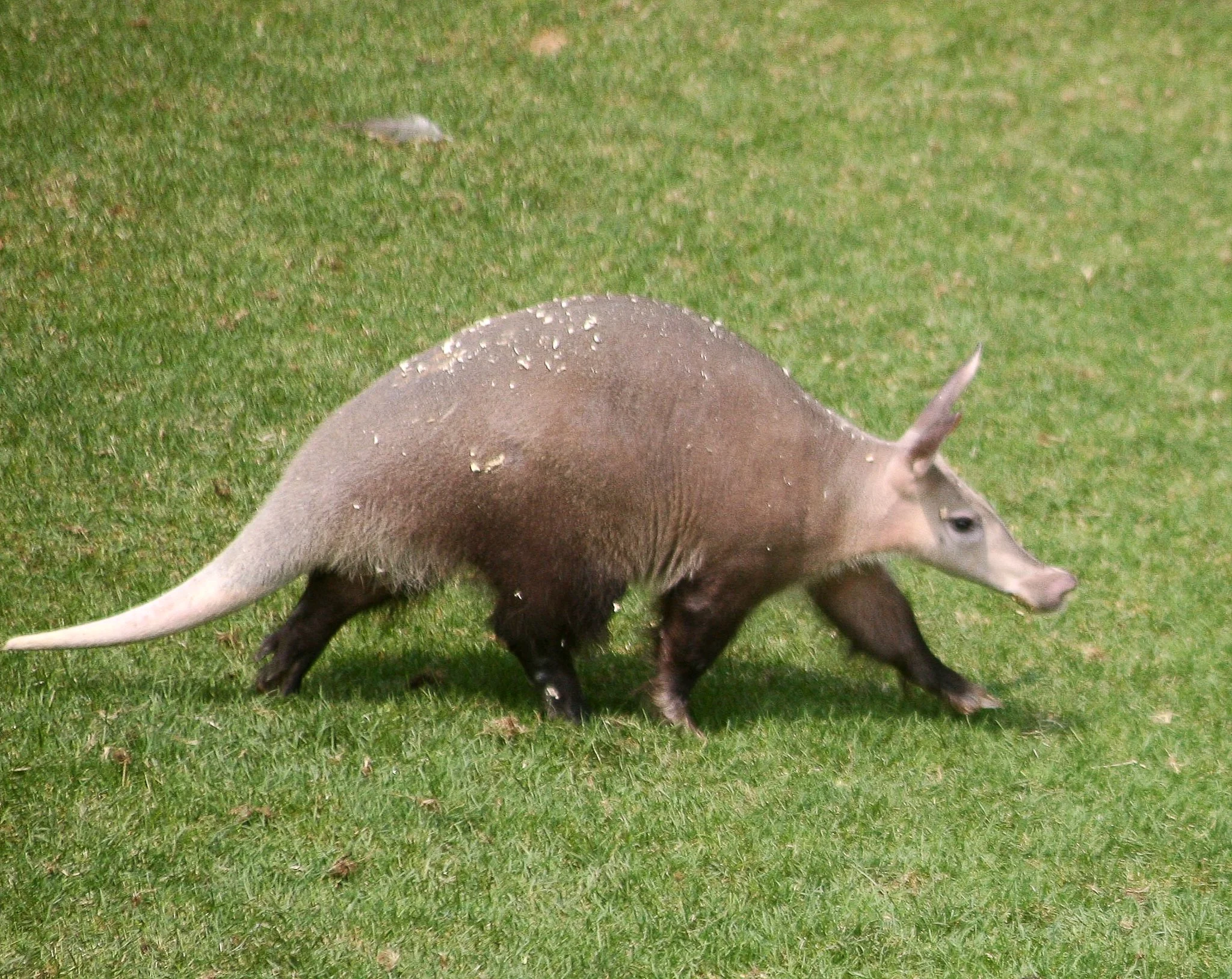
Pangolin: Slow, relying on stealth and defensive tactics.
Armadillo: Varies among species; generally slow runners.
Aardvark: Moderately fast runners, reaching speeds up to 40 km/h.
Comparison: Aardvarks are faster runners compared to pangolins and many armadillo species.
Ecological Implications: Running speed influences hunting success, evasion of predators, and overall mobility in their habitats.
9. Agility:
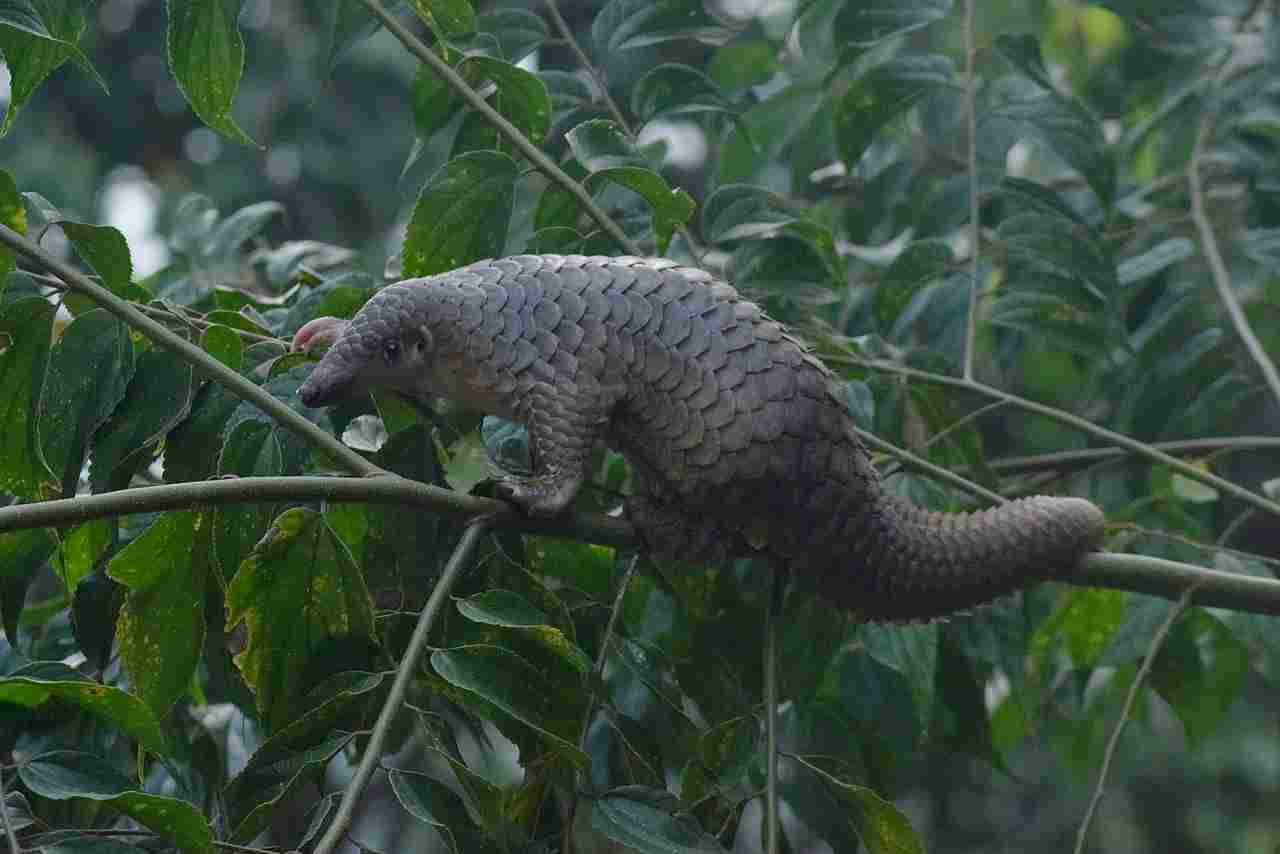
Pangolin: Agile climbers and swimmers.
Armadillo: Moderate agility; can roll into a ball for protection.
Aardvark: Limited agility; primarily adapted for digging.
Comparison: Pangolins exhibit greater agility in climbing and swimming compared to armadillos and aardvarks.
Ecological Implications: Agility impacts the ability to navigate varied terrains, escape predators, and access different food sources.
10. Senses:
Pangolin: Excellent sense of smell and hearing; poor eyesight.
Armadillo: Keen sense of smell; limited vision.
Aardvark: Good sense of smell; poor eyesight and hearing.
Comparison: Pangolins rely heavily on their sense of smell, while armadillos and aardvarks share limited vision.
Ecological Implications: Sensory adaptations influence their ability to locate prey, avoid predators, and navigate their environments.
11. Overall Physical Capacity:
Pangolin: Well-adapted for digging, climbing, and swimming.
Armadillo: Adapted for digging, moderate agility.
Aardvark: Specialized for digging; limited mobility in other activities.
Comparison: Pangolins exhibit a broader range of physical capacities compared to armadillos and aardvarks.
Ecological Implications: Physical capabilities shape the ecological roles each species plays within their habitats.
12. Habitat Preference(s) and Geographic Region:
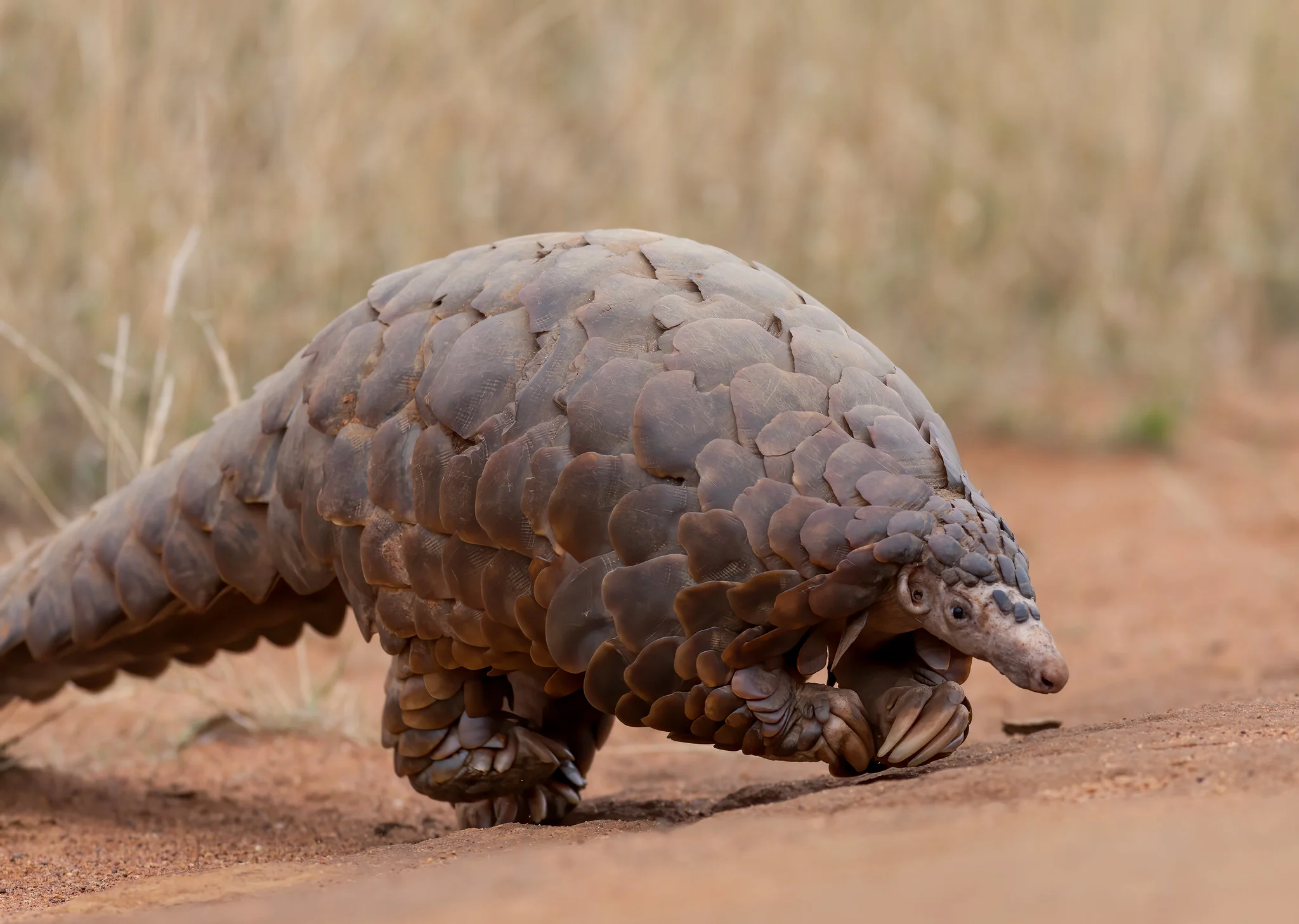
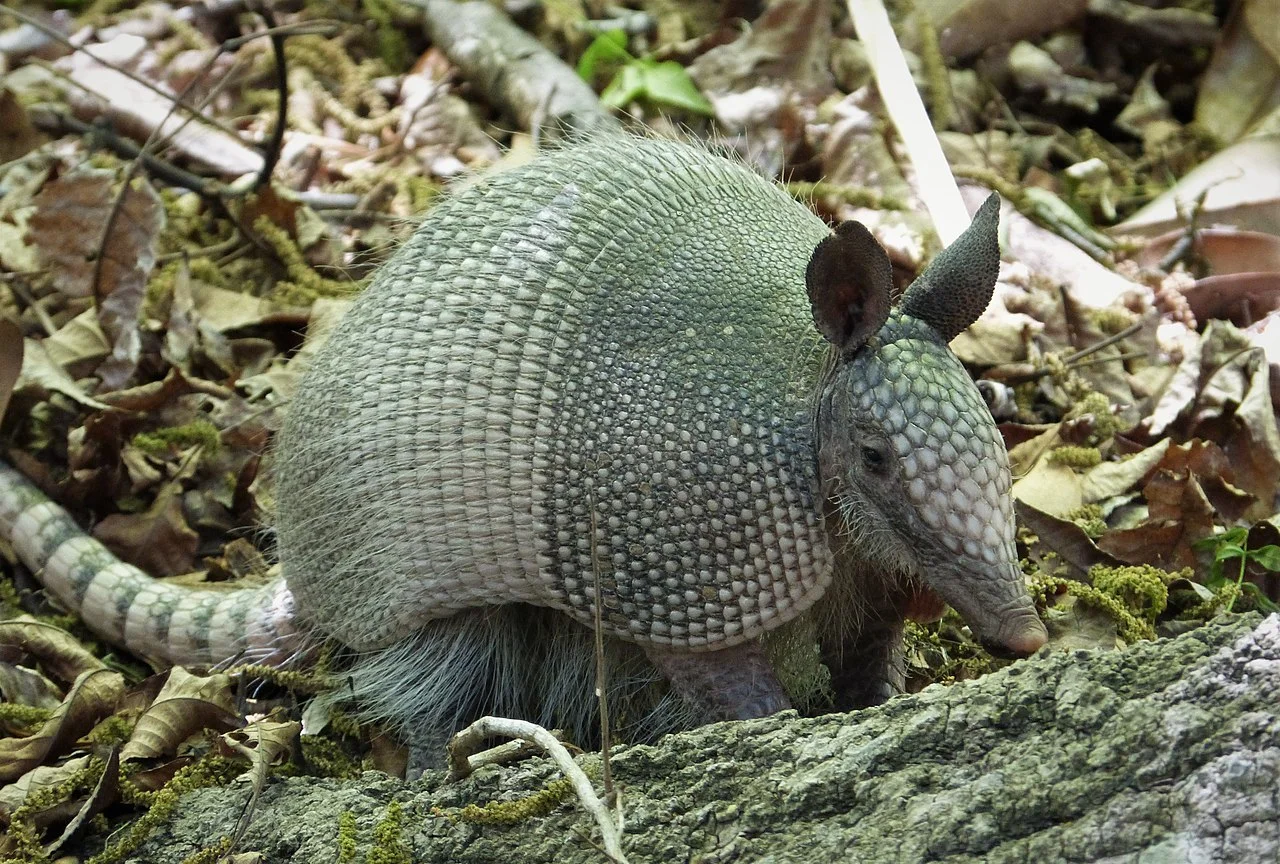
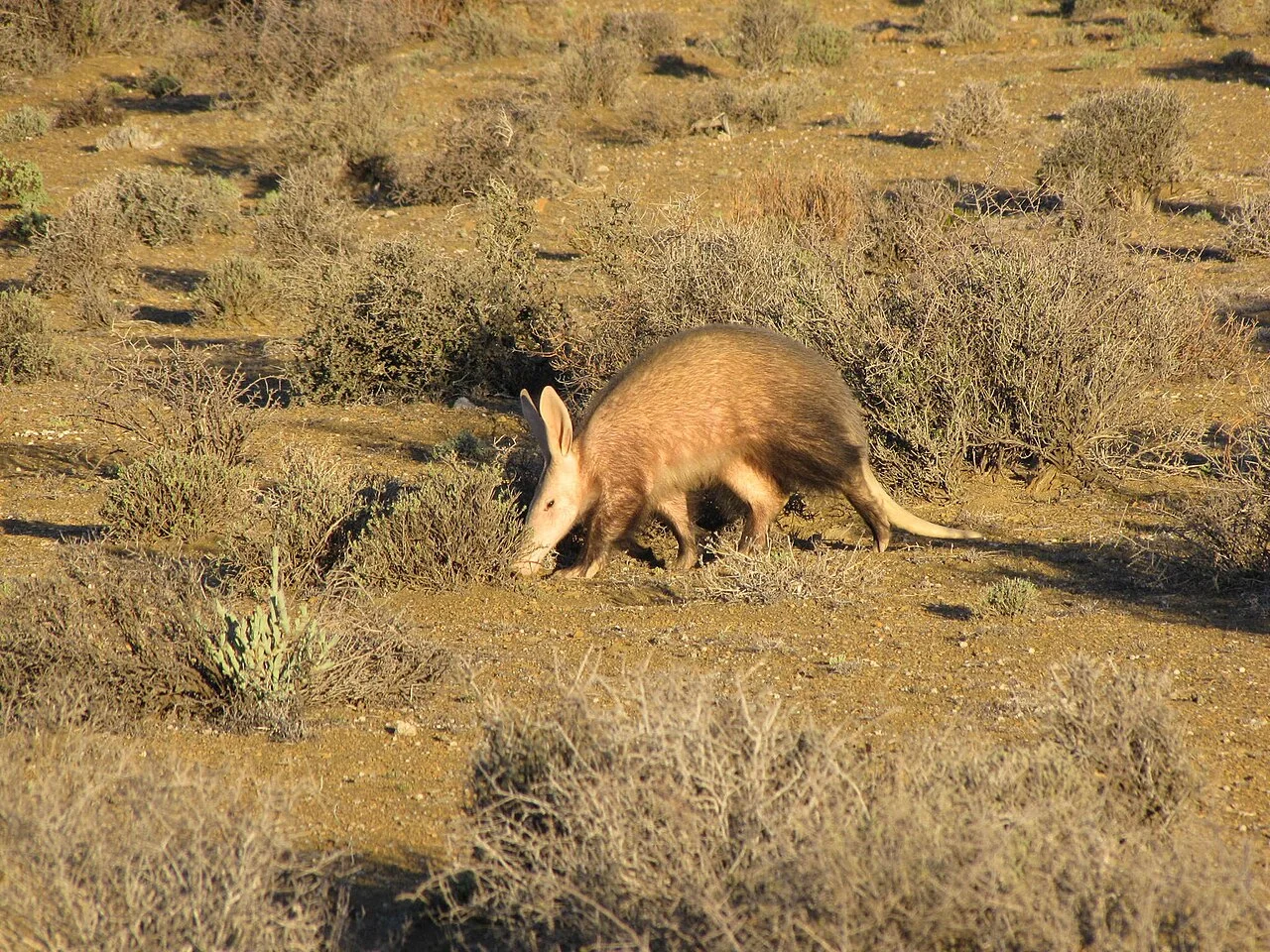
Pangolin: Forests, savannas, and grasslands; Africa, Asia.
Armadillo: Varied habitats including forests, grasslands, and deserts; Americas.
Aardvark: Dry savannas, grasslands; Africa.
Comparison: Pangolins have a wider distribution across Africa and Asia, while armadillos are predominantly found in the Americas, and aardvarks are limited to Africa.
Ecological Implications: Habitat preferences impact interactions with other species and adaptation to environmental conditions.
13. Tracks:
Pangolin: Claw marks and tail drag; varying by species.
Armadillo: Clawed footprints; distinctive rolling tracks when in a ball.
Aardvark: Clawed footprints; distinctive tracks near termite mounds.
Comparison: Clawed footprints are a common feature, but rolling tracks are unique to armadillos.
Ecological Implications: Tracks can provide insights into behavior, territoriality, and movement patterns within their habitats.
14. Lifespan:
Pangolin: Generally 10 to 20 years in the wild.
Armadillo: Varies among species; typically 4 to 30 years.
Aardvark: Around 10 to 15 years in the wild.
Comparison: Lifespan varies among the three species, with armadillos displaying the widest range.
Ecological Implications: Lifespan influences population dynamics, reproductive strategies, and overall species resilience.
15. Mode of Feeding:
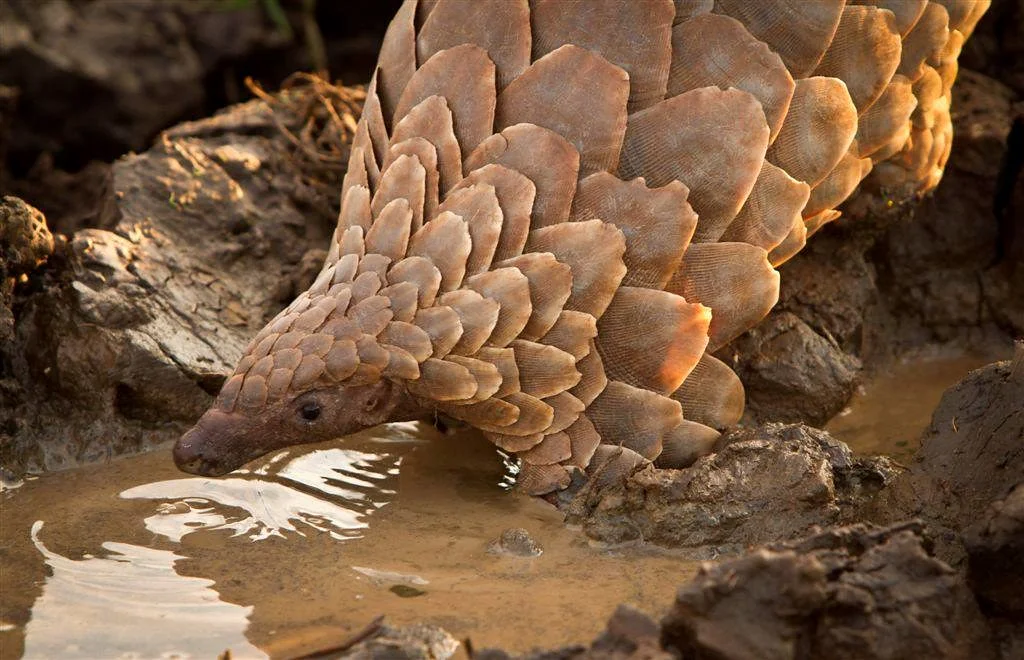
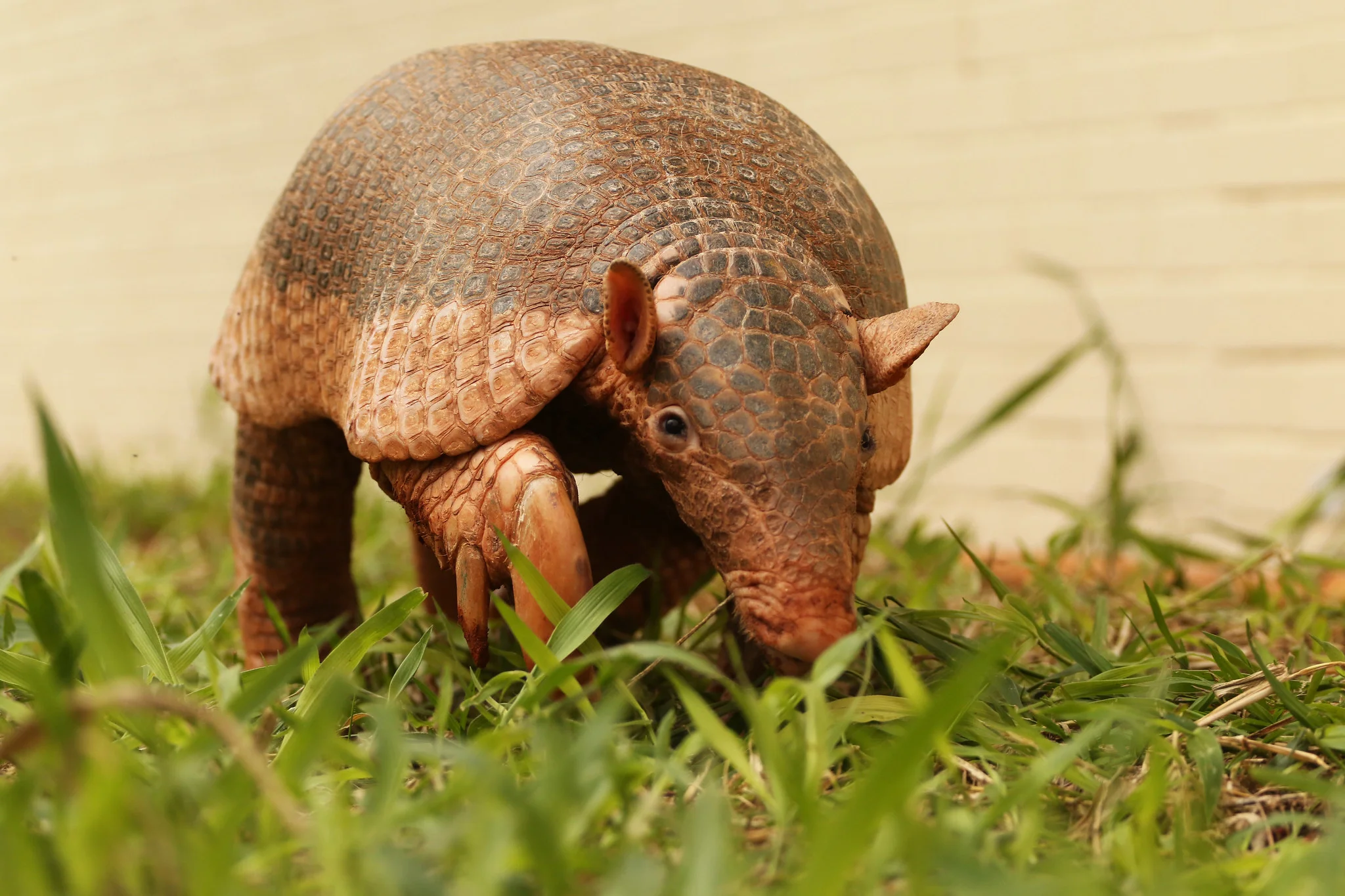
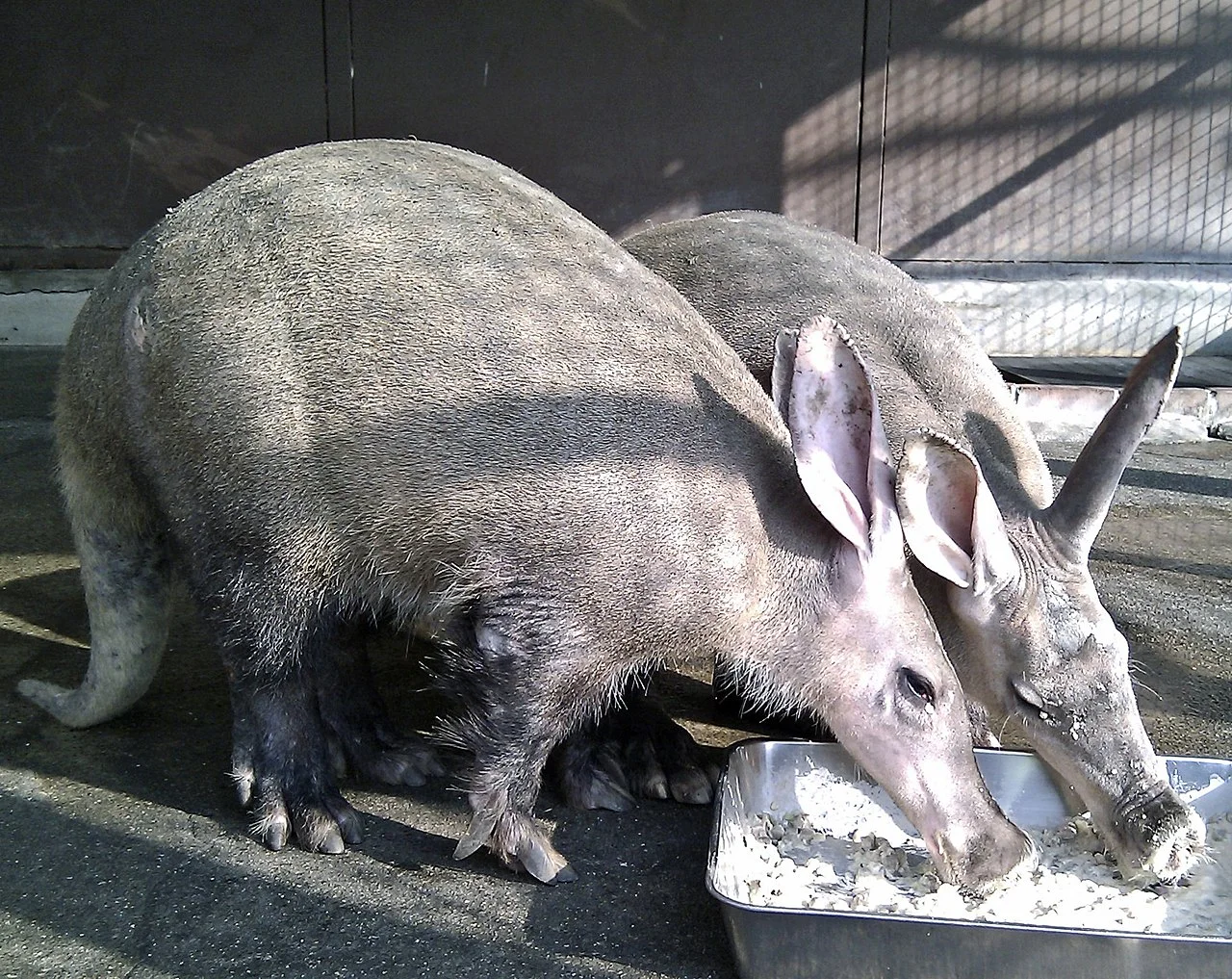
Pangolin: Insectivores; feed on ants and termites using their long tongue.
Armadillo: Omnivores; diet includes insects, small vertebrates, and plant matter.
Aardvark: Insectivores; specialize in feeding on termites.
Comparison: Pangolins and aardvarks share a similar diet focused on insects, while armadillos have a more diverse omnivorous diet.
Ecological Implications: Feeding habits impact insect populations, vegetation dynamics, and contribute to ecosystem balance.
16. Intelligence:
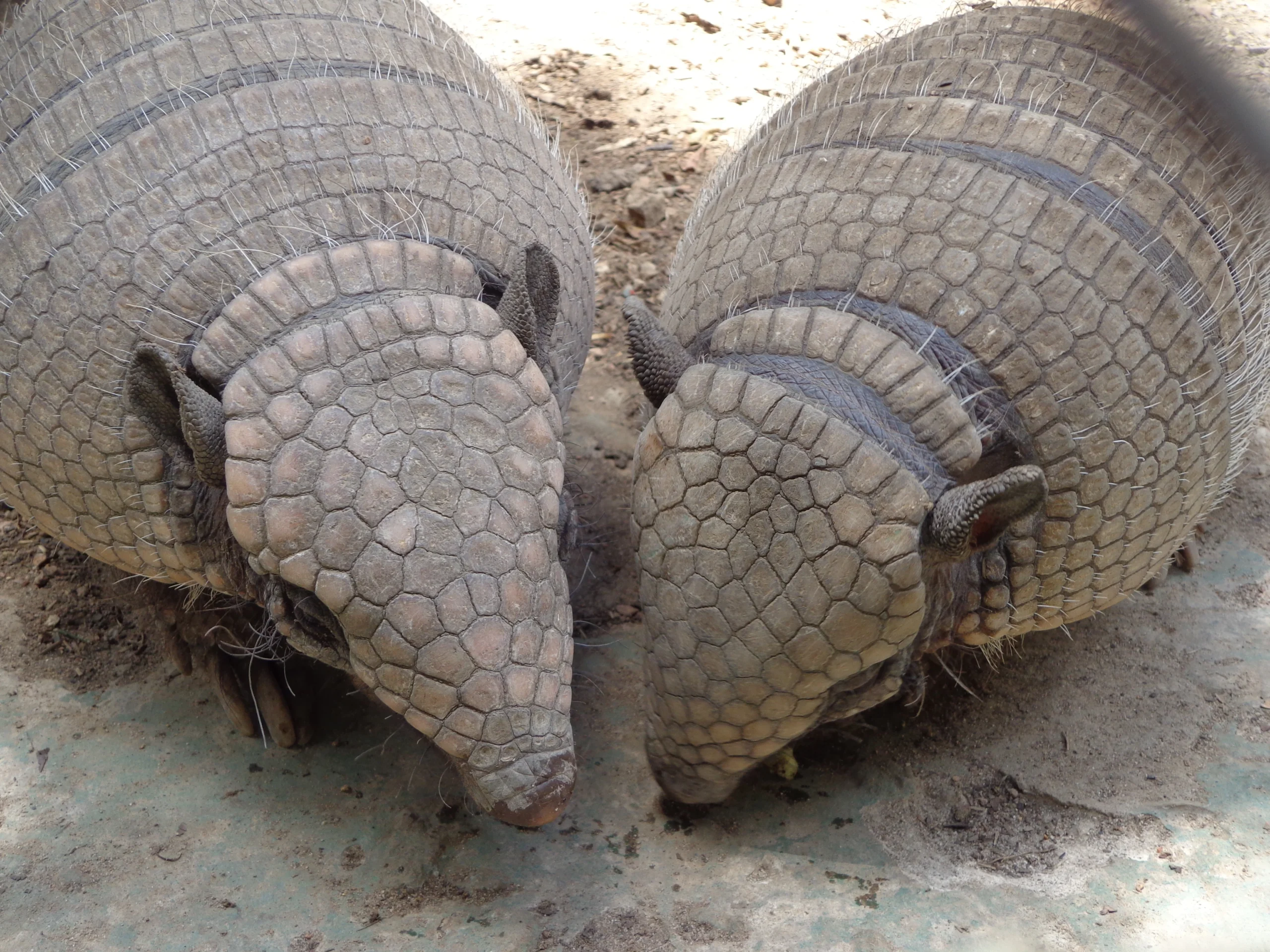
Pangolin: Limited research on cognitive abilities; considered intelligent in problem-solving.
Armadillo: Moderate intelligence; capable of learning and adapting.
Aardvark: Limited information on cognitive abilities.
Comparison: Limited information makes it challenging to assess intelligence accurately across the three species.
Ecological Implications: Intelligence can influence foraging strategies, adaptability, and responses to environmental changes.
17. Social Behavior:
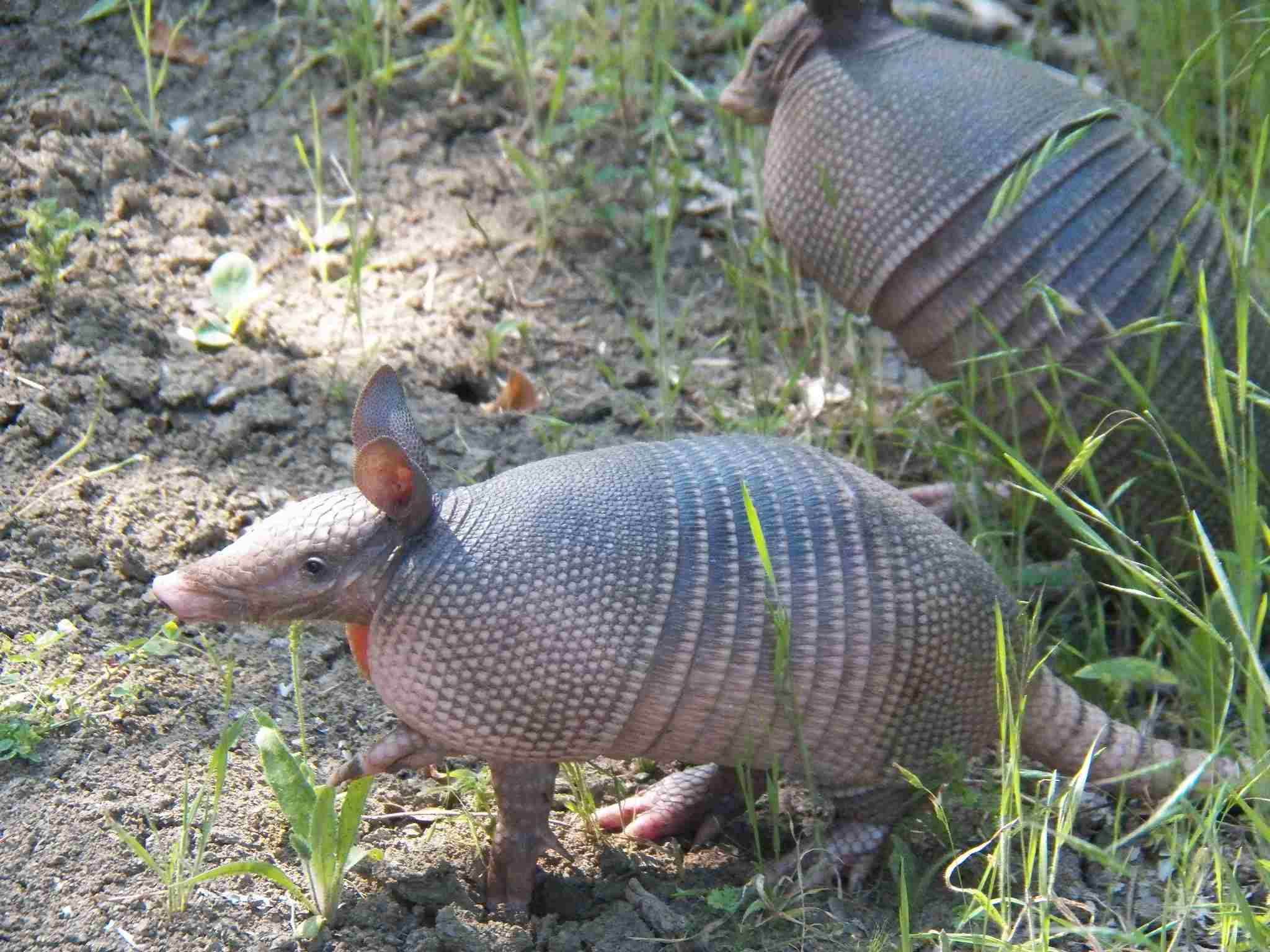
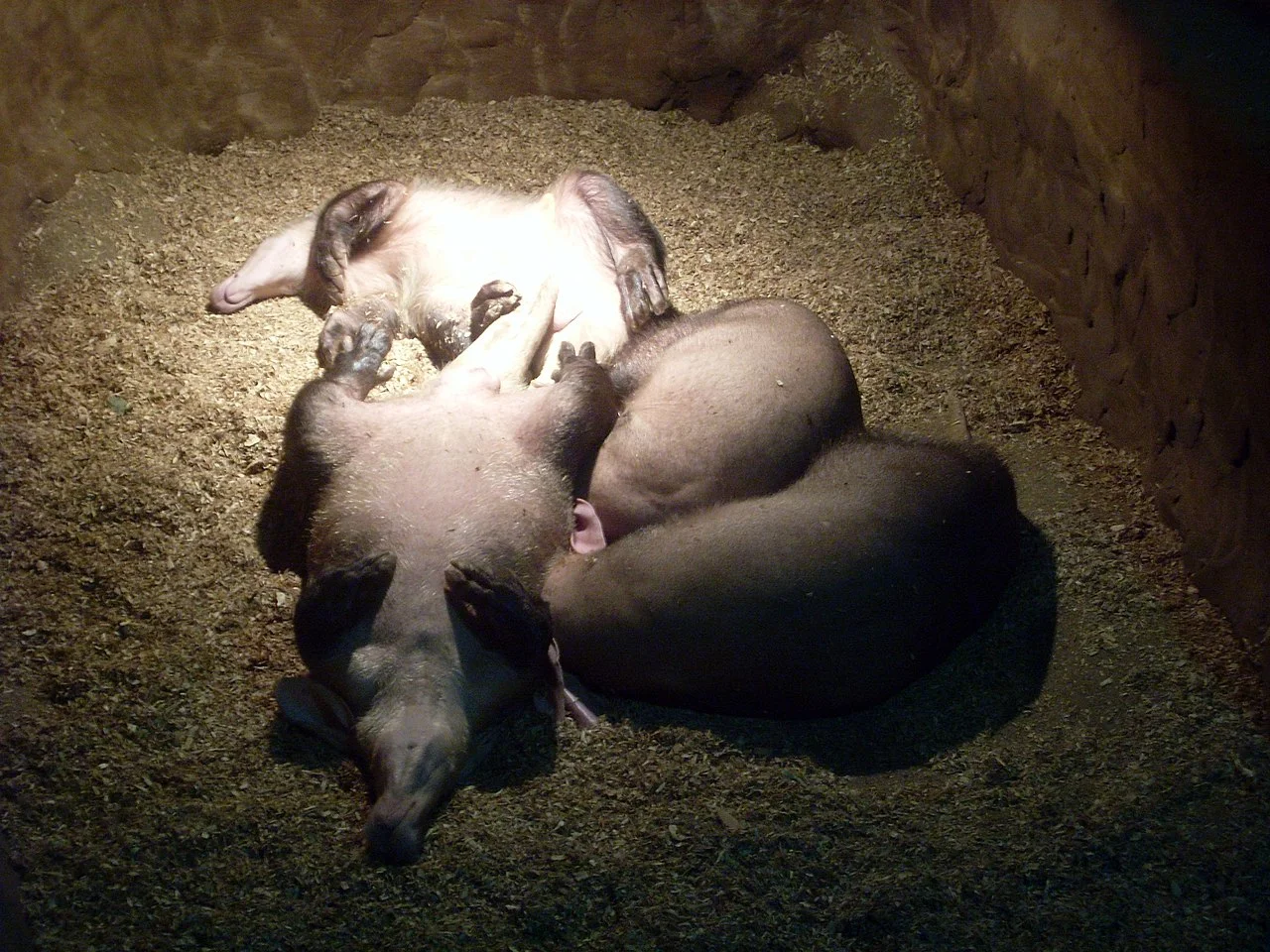
Pangolin: Primarily solitary; social interactions during mating.
Armadillo: Varies; some species are solitary, while others are more social.
Aardvark: Generally solitary; limited social interactions.
Comparison: Social behavior varies among species, with pangolins primarily solitary, armadillos showing more variability, and aardvarks being generally solitary.
Ecological Implications: Social structures impact resource competition, breeding dynamics, and overall community dynamics within their habitats.
18. Mode of Reproduction:
Pangolin: Typically gives birth to a single offspring; gestation period around 4 to 5 months.
Armadillo: Variable reproductive strategies; some give birth to a single offspring, while others produce litters; gestation period ranges from 60 to 120 days.
Aardvark: Usually gives birth to a single offspring; gestation period around 7 months.
Comparison: Pangolins and aardvarks generally have a single offspring, while armadillos exhibit variable reproductive strategies.
Ecological Implications: Reproductive patterns influence population dynamics, genetic diversity, and species resilience.
19. Parental Behavior:
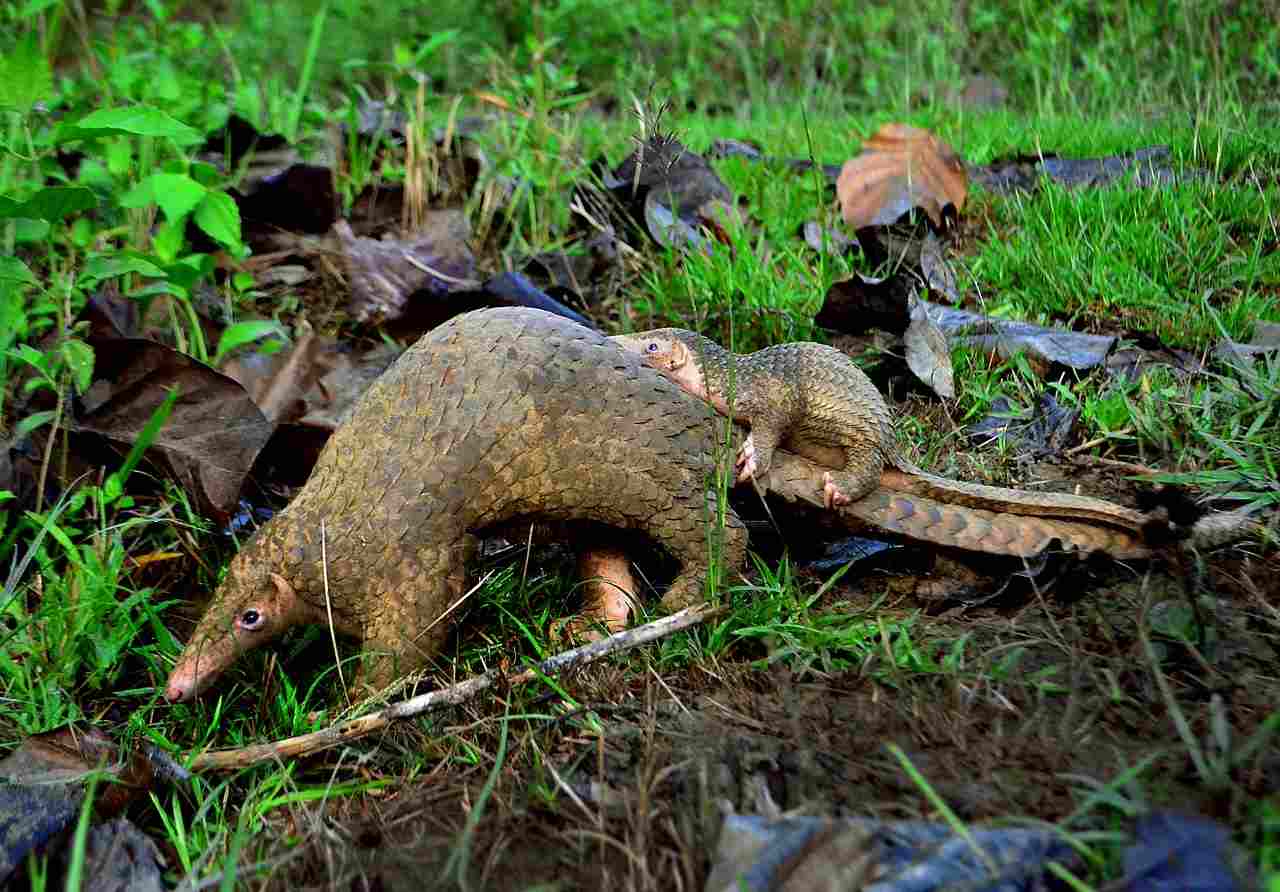
Pangolin: Females care for their young; offspring ride on the mother’s tail.
Armadillo: Maternal care varies among species; some show more extensive care, while others are more independent.
Aardvark: Limited information on parental behavior.
Comparison: Pangolins exhibit maternal care, while armadillos show variability in parental behavior.
Ecological Implications: Parental care influences the survival and development of offspring, impacting population dynamics.
20. Proximity to Human-Inhabited Areas:
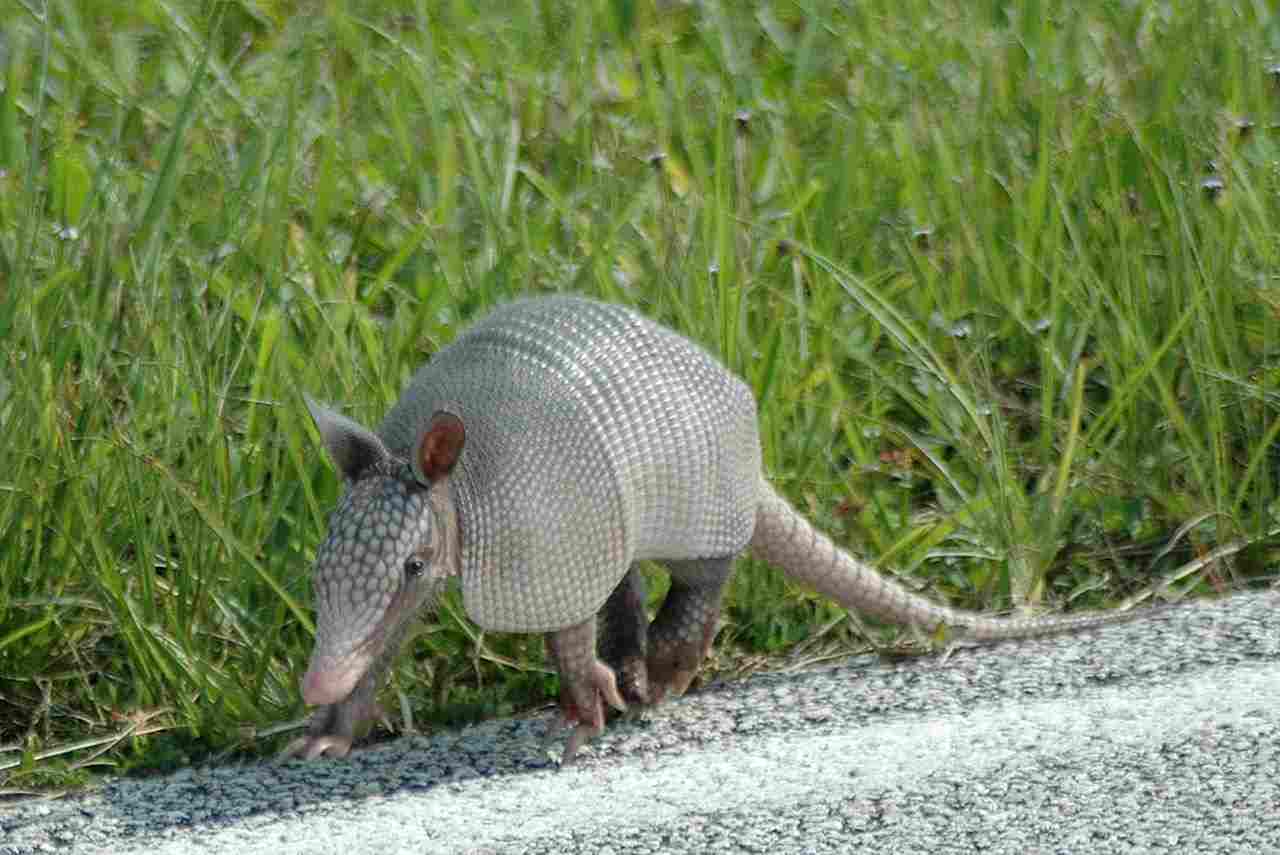
Pangolin: Face threats due to illegal trade, habitat loss, and poaching.
Armadillo: Can adapt to human-altered landscapes; may face roadkill risks.
Aardvark: Encounter threats from habitat destruction and vehicle collisions.
Comparison: All three species face challenges due to human activities, but pangolins are particularly vulnerable to illegal trade.
Ecological Implications: Human proximity impacts their survival, habitat availability, and interactions with domestic animals.
21. Behavior Toward Humans:
Pangolin: Generally shy and elusive; may roll into a ball for defense.
Armadillo: Can display defensive behaviors or forage in human-inhabited areas.
Aardvark: Typically avoid human interactions; may become stressed in close proximity.
Comparison: Pangolins are more elusive, while armadillos may exhibit both defensive and foraging behaviors near humans.
Ecological Implications: Behavioral responses influence the likelihood of human-wildlife conflicts and the success of conservation efforts.
22. Danger Posed to Humans:
Pangolin: Generally not dangerous to humans; may carry zoonotic diseases.
Armadillo: Low danger; some species may carry diseases like leprosy.
Aardvark: Low danger; typically shy away from human interactions.
Comparison: All three species pose minimal direct danger to humans, but there are potential disease transmission risks.
Ecological Implications: Understanding the risks of disease transmission is crucial for human-wildlife coexistence.
23. Associated Precautions:
Pangolin: Conservation efforts focus on habitat protection and combating illegal trade.
Armadillo: Caution needed when handling due to disease risks; conservation efforts involve habitat preservation.
Aardvark: Conservation efforts emphasize habitat conservation and mitigating threats.
Comparison: Conservation measures for all three species prioritize habitat protection, but specific precautions differ based on potential disease transmission.
Ecological Implications: Effective conservation strategies require addressing specific threats and potential impacts on ecosystems.
24. Conservation Status:
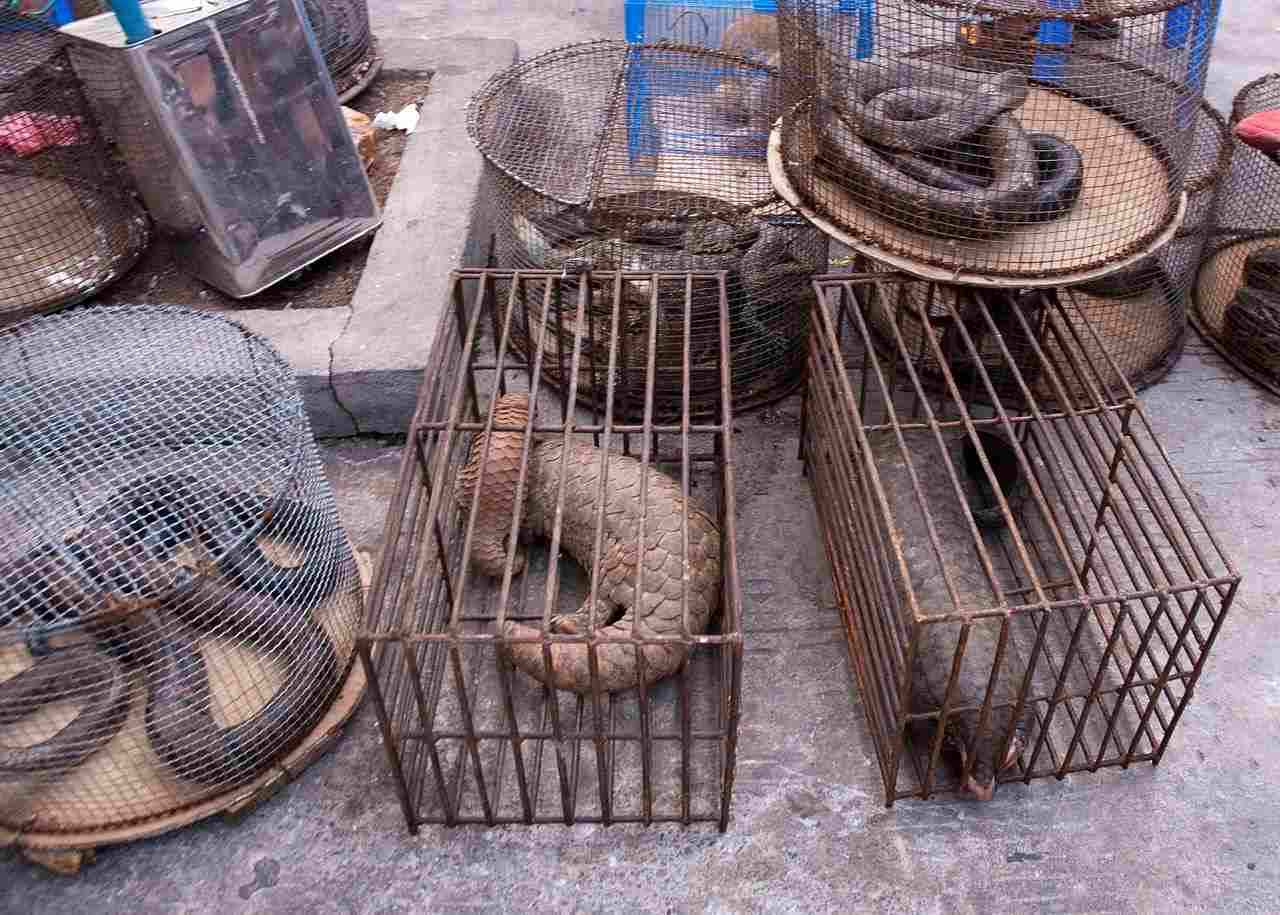
Pangolin: Generally endangered due to illegal trade and habitat loss.
Armadillo: Varied conservation status; some species are of least concern, while others face threats.
Aardvark: Least Concern; population decline in some regions due to habitat loss.
Comparison: Pangolins face a higher risk of extinction compared to armadillos and aardvarks.
Ecological Implications: Conservation priorities should address the specific threats faced by each species to ensure their survival.
*Summary of Comparison
Appearance:
Pangolin: Covered in keratin scales, long tongue.
Armadillo: Bony armor shell, flexible joints.
Aardvark: Tubular snout, sparse hair.
Size:
Pangolin: 30-100 cm.
Armadillo: Varies (15 cm to 1.5 m).
Aardvark: 1.0-1.3 m.
Weight:
Pangolin: 1-33 kg.
Armadillo: Varies (85 g to 60 kg).
Aardvark: 40-65 kg.
Dentition:
Pangolin: Lack teeth, long tongue.
Armadillo: Variable dental formula.
Aardvark: Peg-like teeth for grinding.
Physical Offensive Advantages:
Pangolin: Sharp claws for digging.
Armadillo: Claws for digging and defense.
Aardvark: Strong forelimbs and claws for digging.
Physical Defensive Advantages:
Pangolin: Curl into a ball using scales.
Armadillo: Roll into a ball with armored shell.
Aardvark: Limited defensive mechanisms.
Speed:
Pangolin: Slow.
Armadillo: Varies, generally slow.
Aardvark: Up to 40 km/h.
Agility:
Pangolin: Agile climbers and swimmers.
Armadillo: Moderate agility.
Aardvark: Limited agility.
Senses:
Pangolin: Excellent smell and hearing, poor eyesight.
Armadillo: Keen sense of smell, limited vision.
Aardvark: Good smell, poor eyesight and hearing.
Overall Physical Capacity:
Pangolin: Digging, climbing, swimming.
Armadillo: Digging, moderate agility.
Aardvark: Specialized for digging.
Habitat and Region:
Pangolin: Forests, savannas; Africa, Asia.
Armadillo: Varied habitats; Americas.
Aardvark: Dry savannas; Africa.
Tracks:
Pangolin: Claw marks, tail drag.
Armadillo: Clawed footprints, rolling tracks.
Aardvark: Clawed footprints, near termite mounds.
Lifespan:
Pangolin: 10-20 years.
Armadillo: Varies (4-30 years).
Aardvark: 10-15 years.
Mode of Feeding:
Pangolin: Insectivores with a long tongue.
Armadillo: Omnivores.
Aardvark: Insectivores specialized in termites.
Intelligence:
Pangolin: Limited information.
Armadillo: Moderate intelligence.
Aardvark: Limited information.
Social Behavior:
Pangolin: Primarily solitary.
Armadillo: Varied social behavior.
Aardvark: Generally solitary.
Reproduction:
Pangolin: Single offspring, 4-5 months gestation.
Armadillo: Variable strategies, 60-120 days gestation.
Aardvark: Single offspring, 7 months gestation.
Parental Behavior:
Pangolin: Females care for young.
Armadillo: Maternal care varies.
Aardvark: Limited information on parental behavior.
Proximity to Humans:
Pangolin: Threatened by illegal trade.
Armadillo: Can adapt to human-altered landscapes.
Aardvark: Faces threats from habitat destruction.
Behavior Toward Humans:
Pangolin: Shy and elusive.
Armadillo: Defensive or foraging in human areas.
Aardvark: Typically avoids human interactions.
Danger Posed to Humans:
Pangolin: Generally not dangerous, potential zoonotic diseases.
Armadillo: Low danger, some species carry diseases.
Aardvark: Low danger, shy away from humans.
Associated Precautions:
Pangolin: Conservation focuses on illegal trade and habitat.
Armadillo: Caution needed due to disease risks, habitat preservation.
Aardvark: Conservation emphasizes habitat conservation.
Conservation Status:
Pangolin: Generally endangered.
Armadillo: Varied conservation status.
Aardvark: Least Concern.
Conclusion
I. Similarities:
All three species exhibit defensive adaptations such as rolling into a ball or having protective scales.
They contribute to ecosystem balance through their roles as insectivores.
II. Differences:
Pangolins are particularly threatened by illegal trade, while armadillos and aardvarks face varied conservation challenges.
Reproductive strategies, habitat preferences, and behaviors differ among the three species, influencing their ecological roles.
